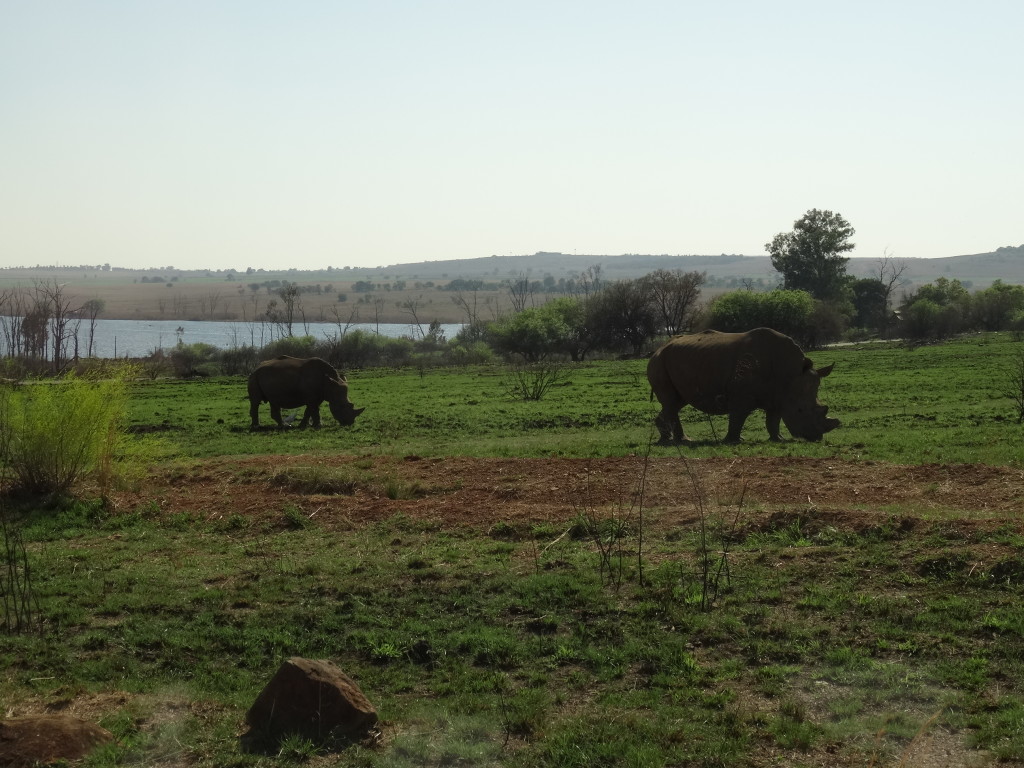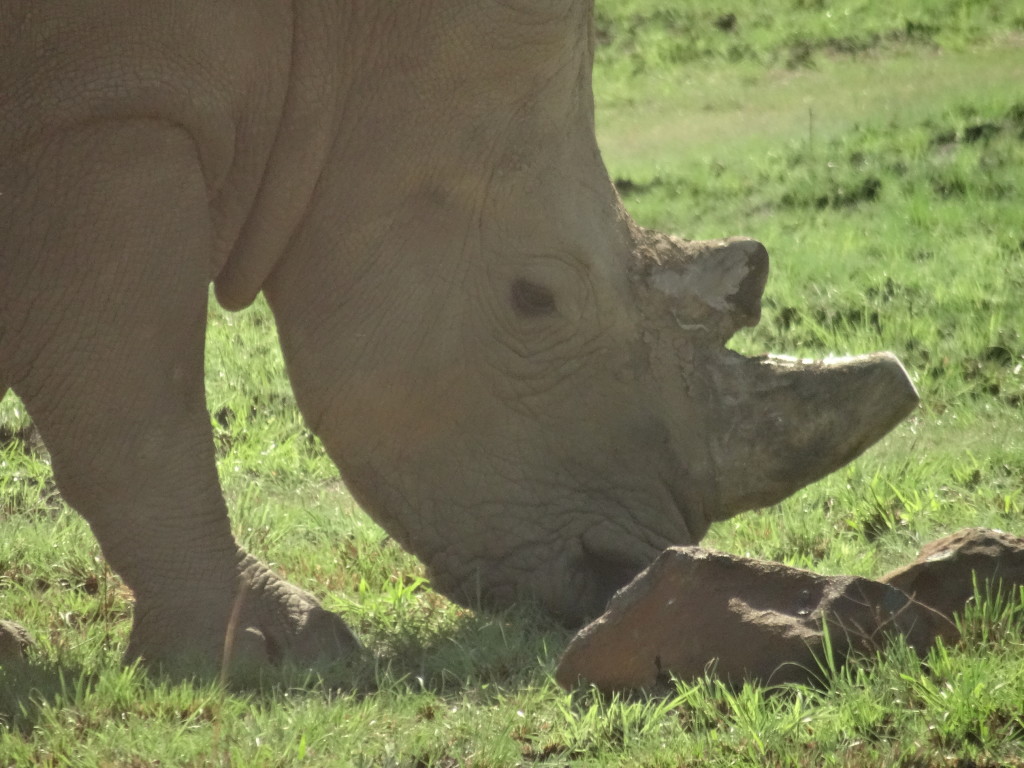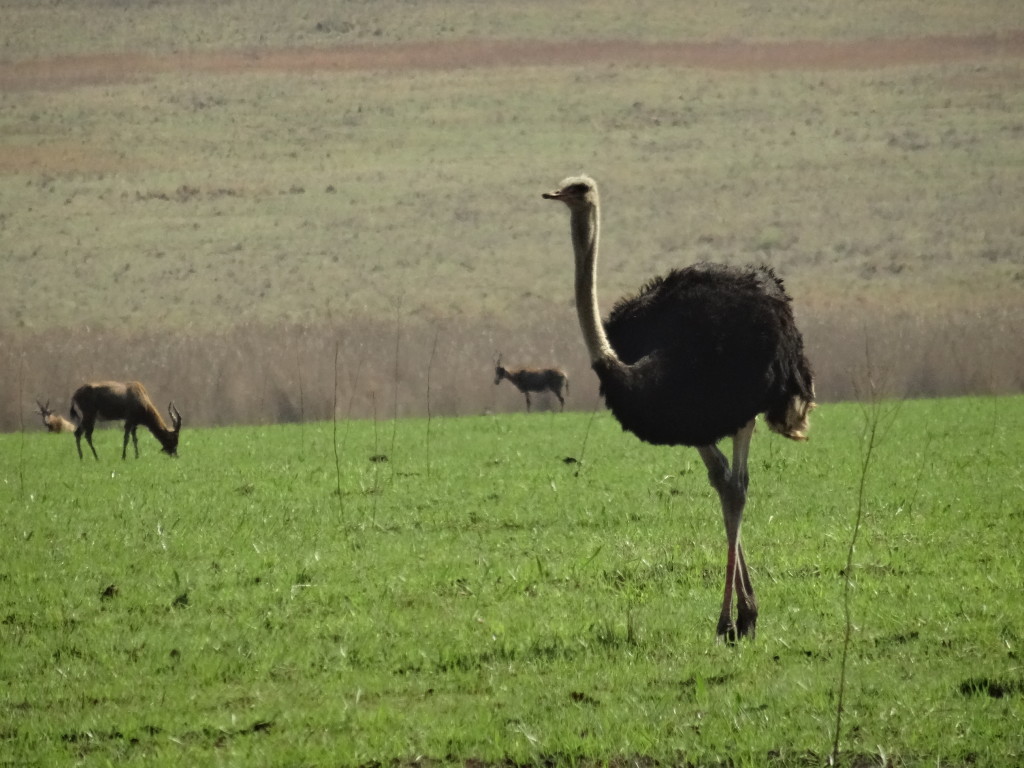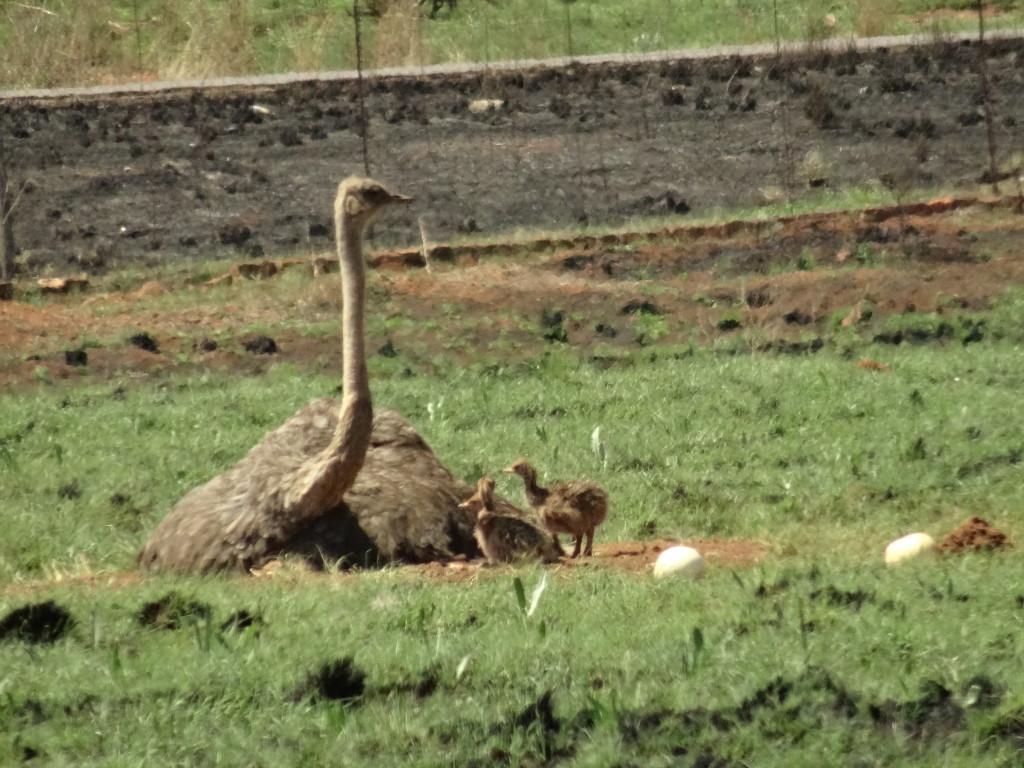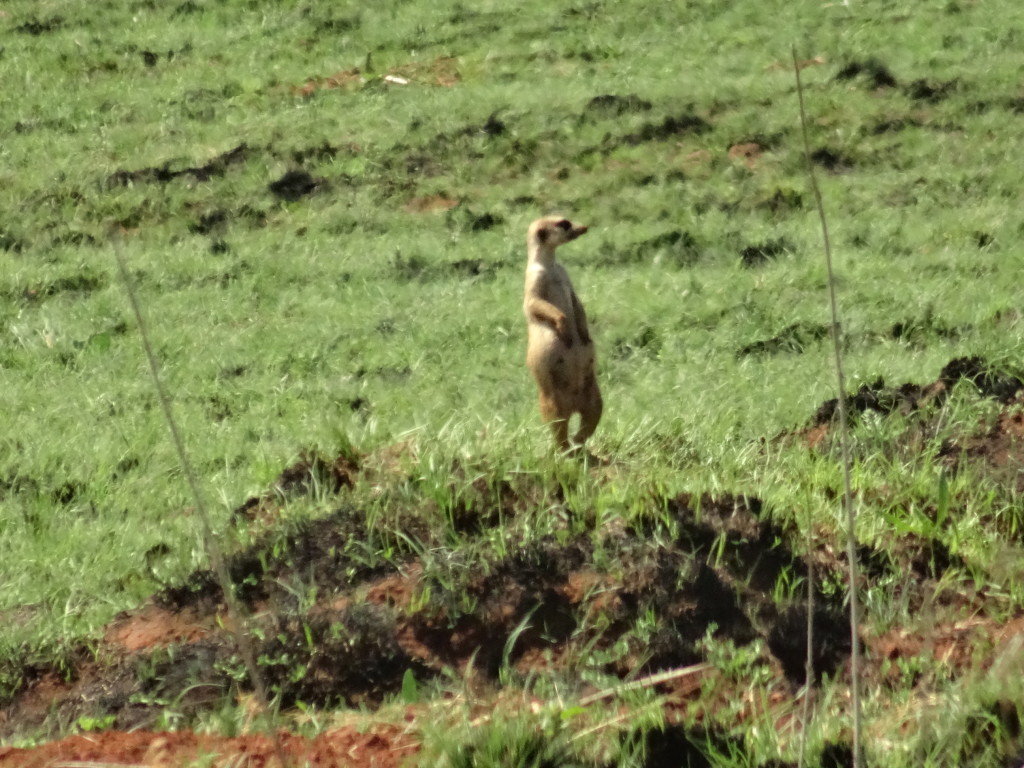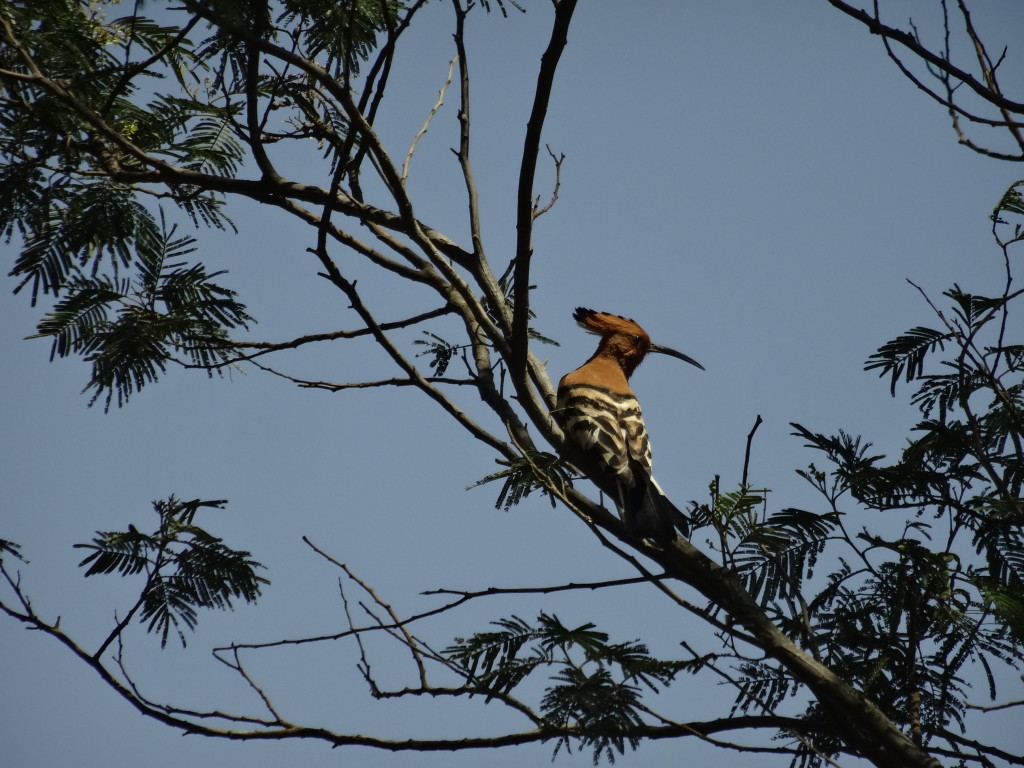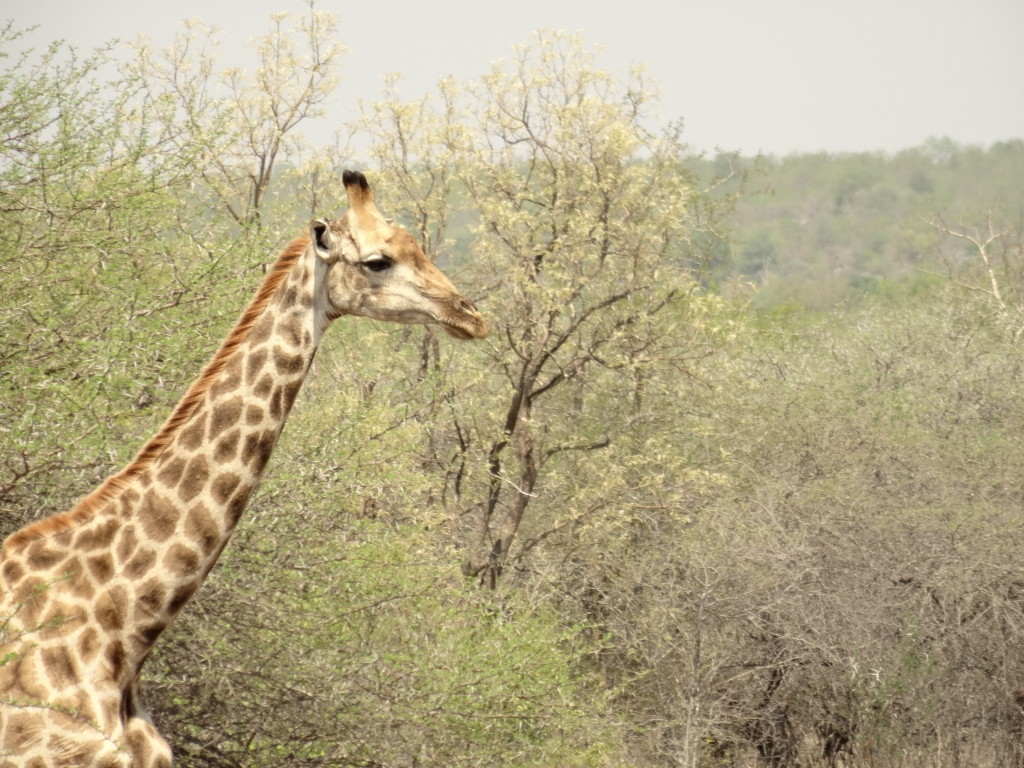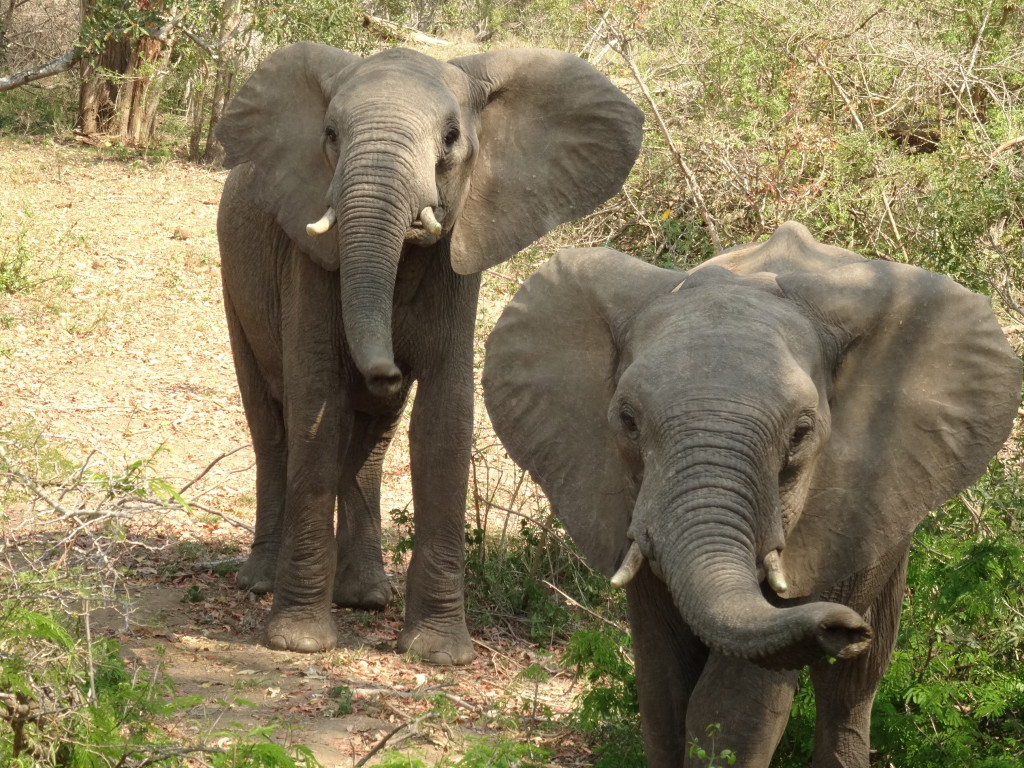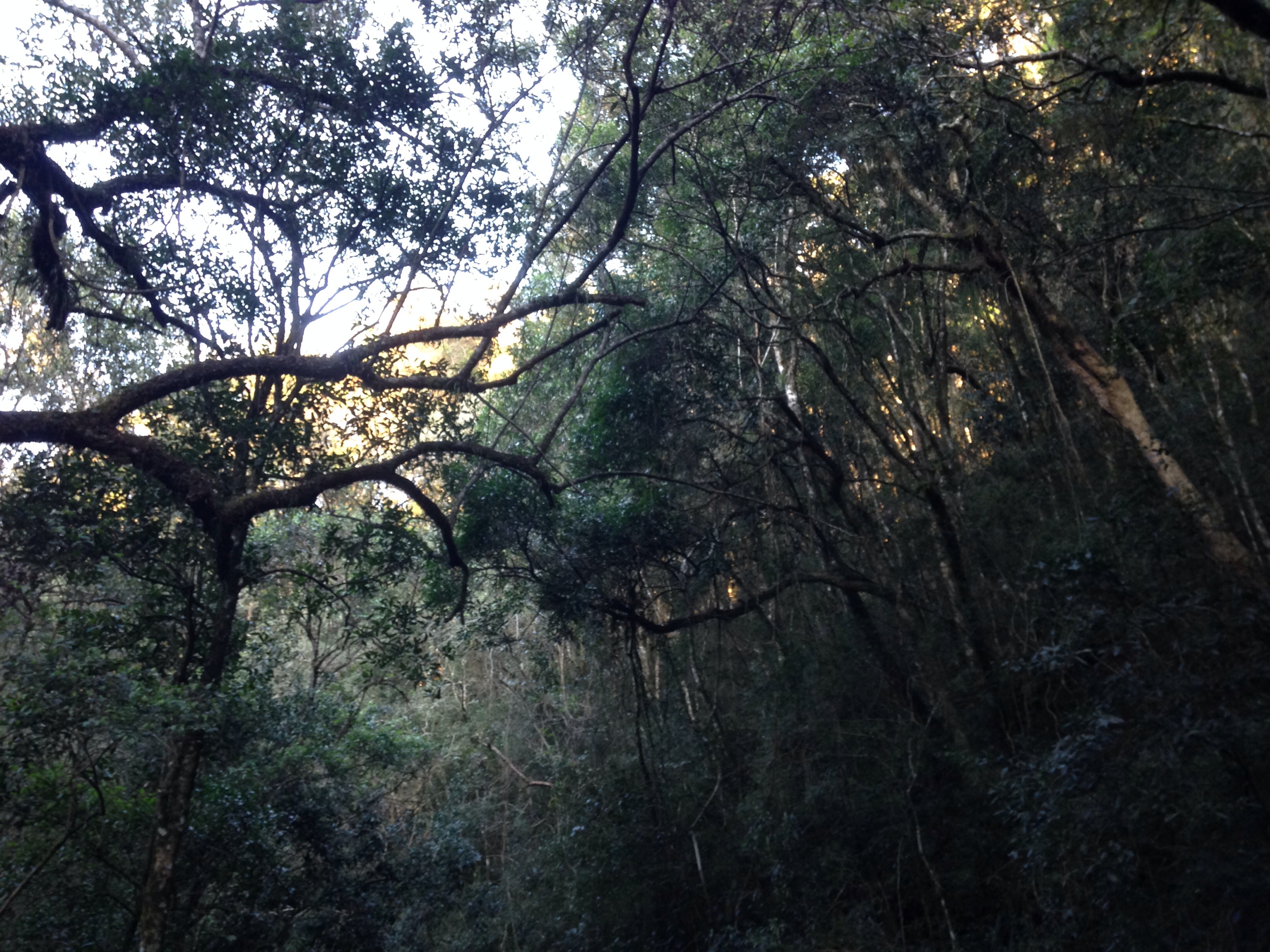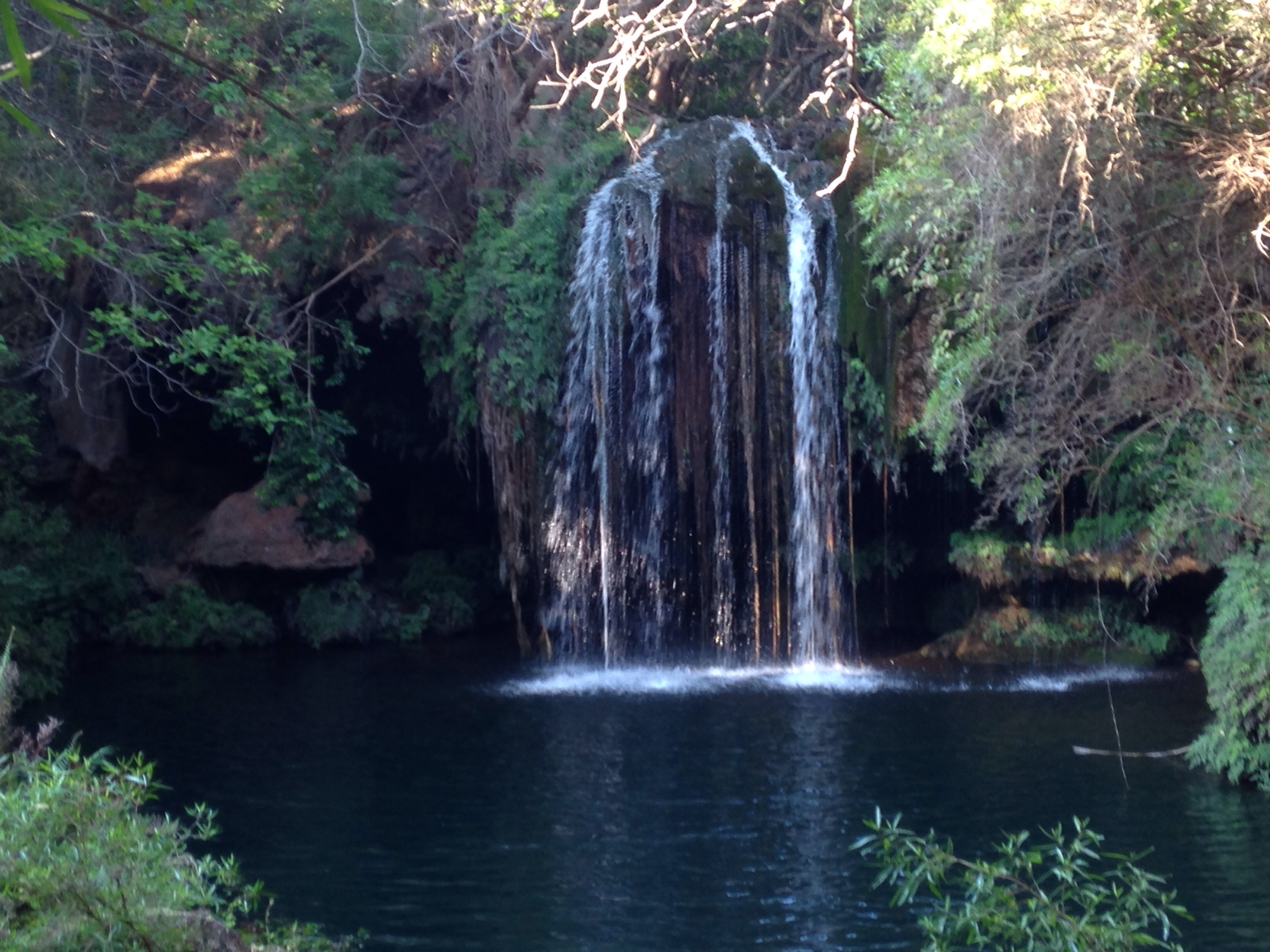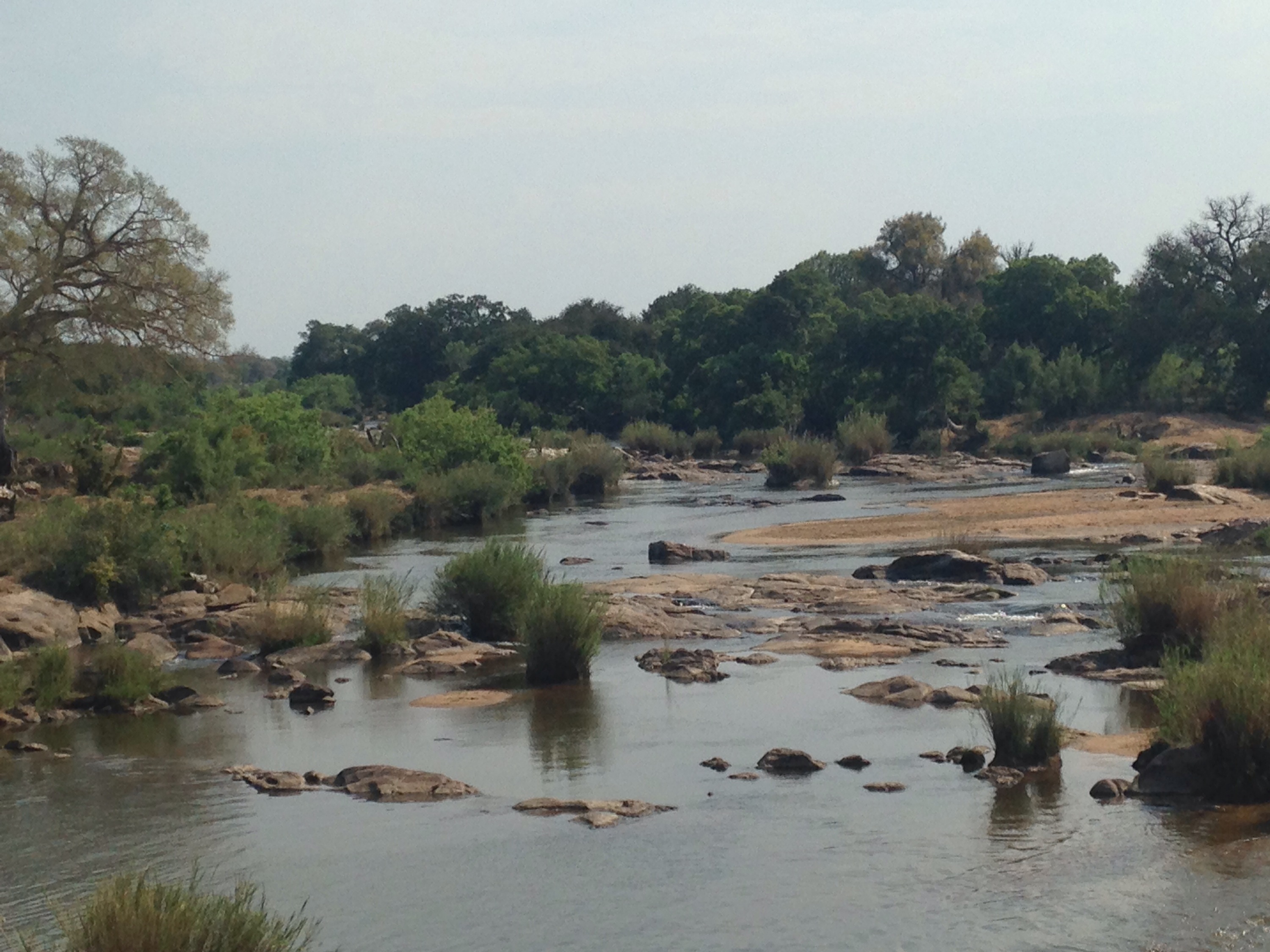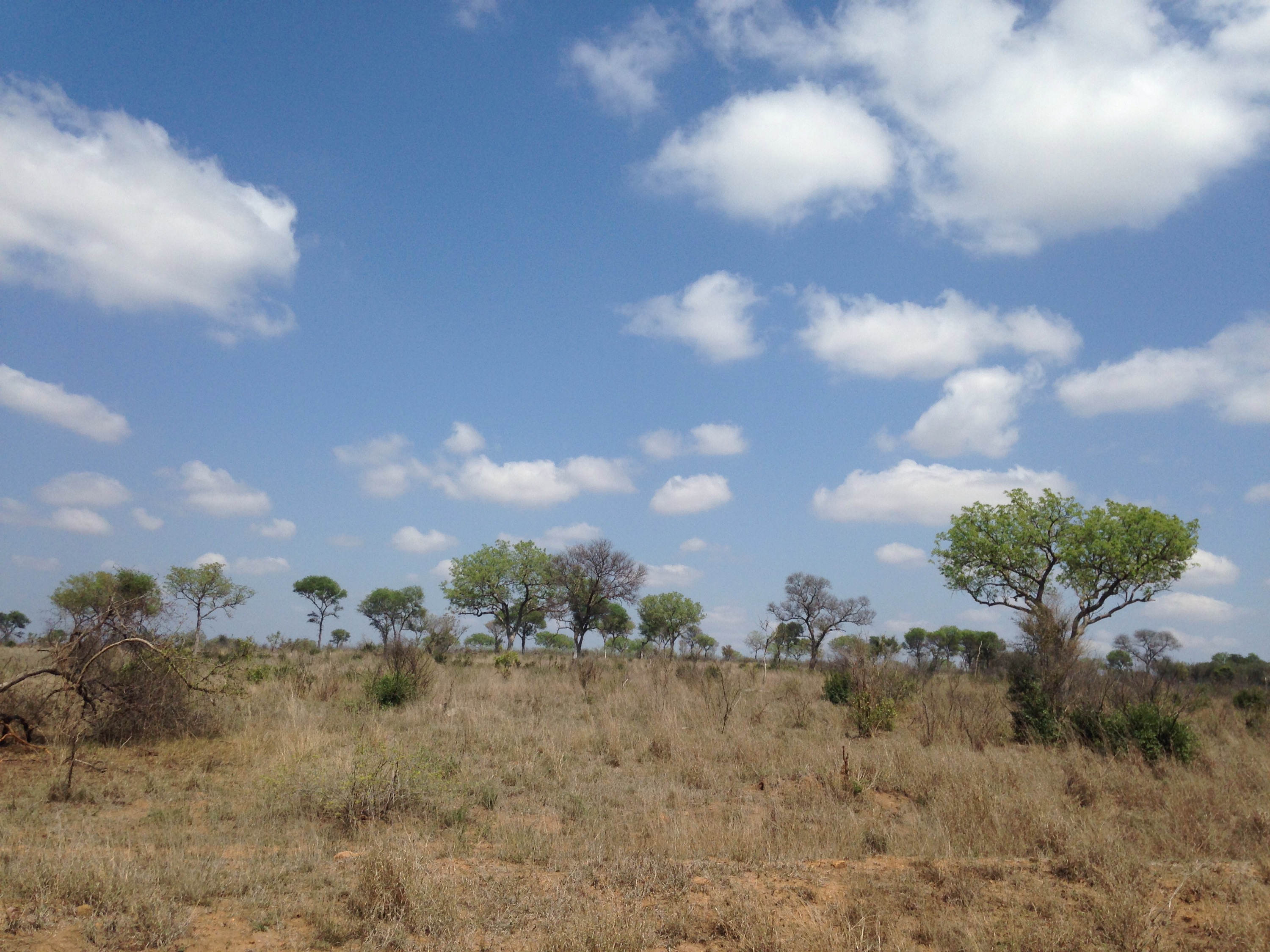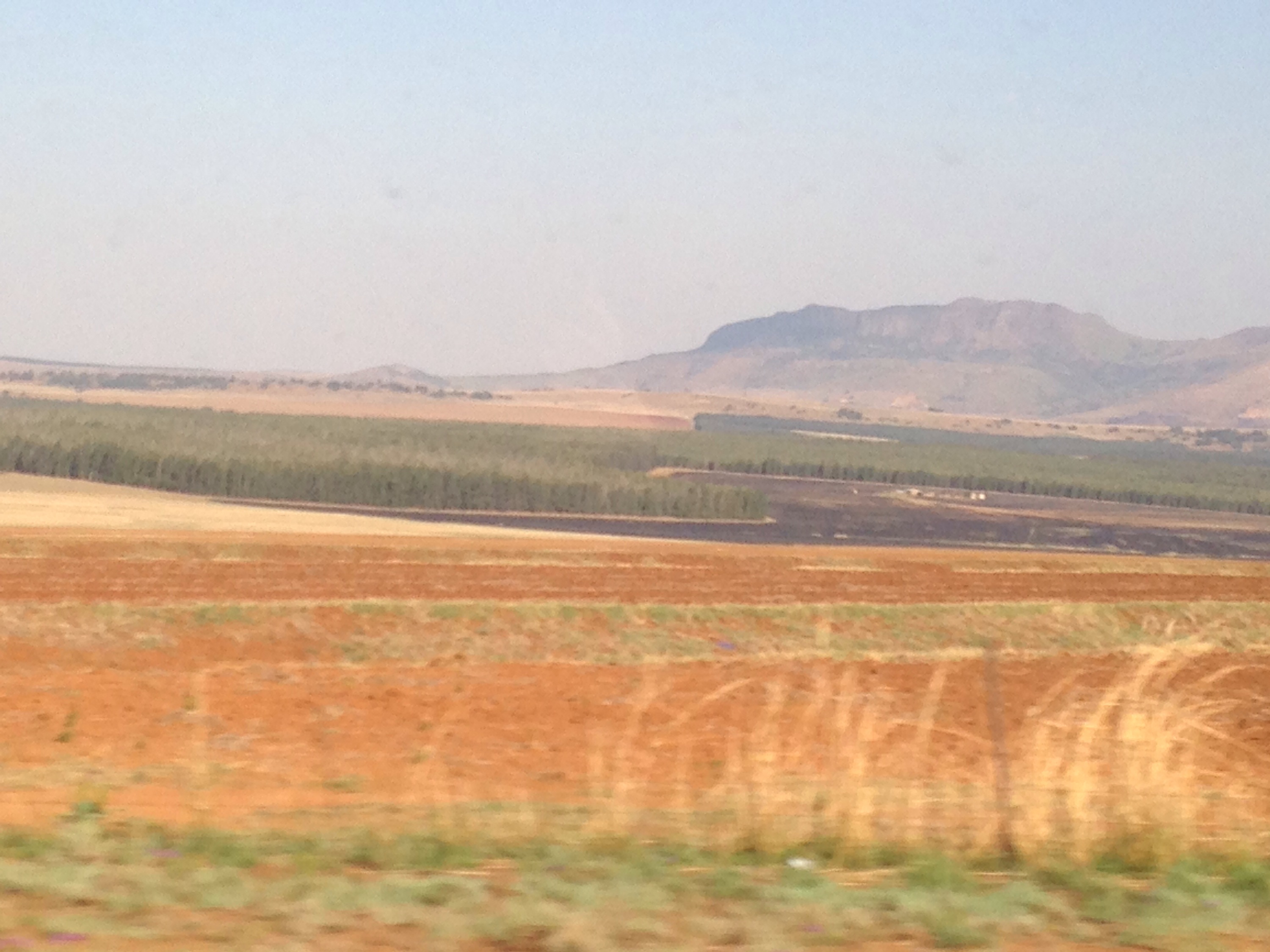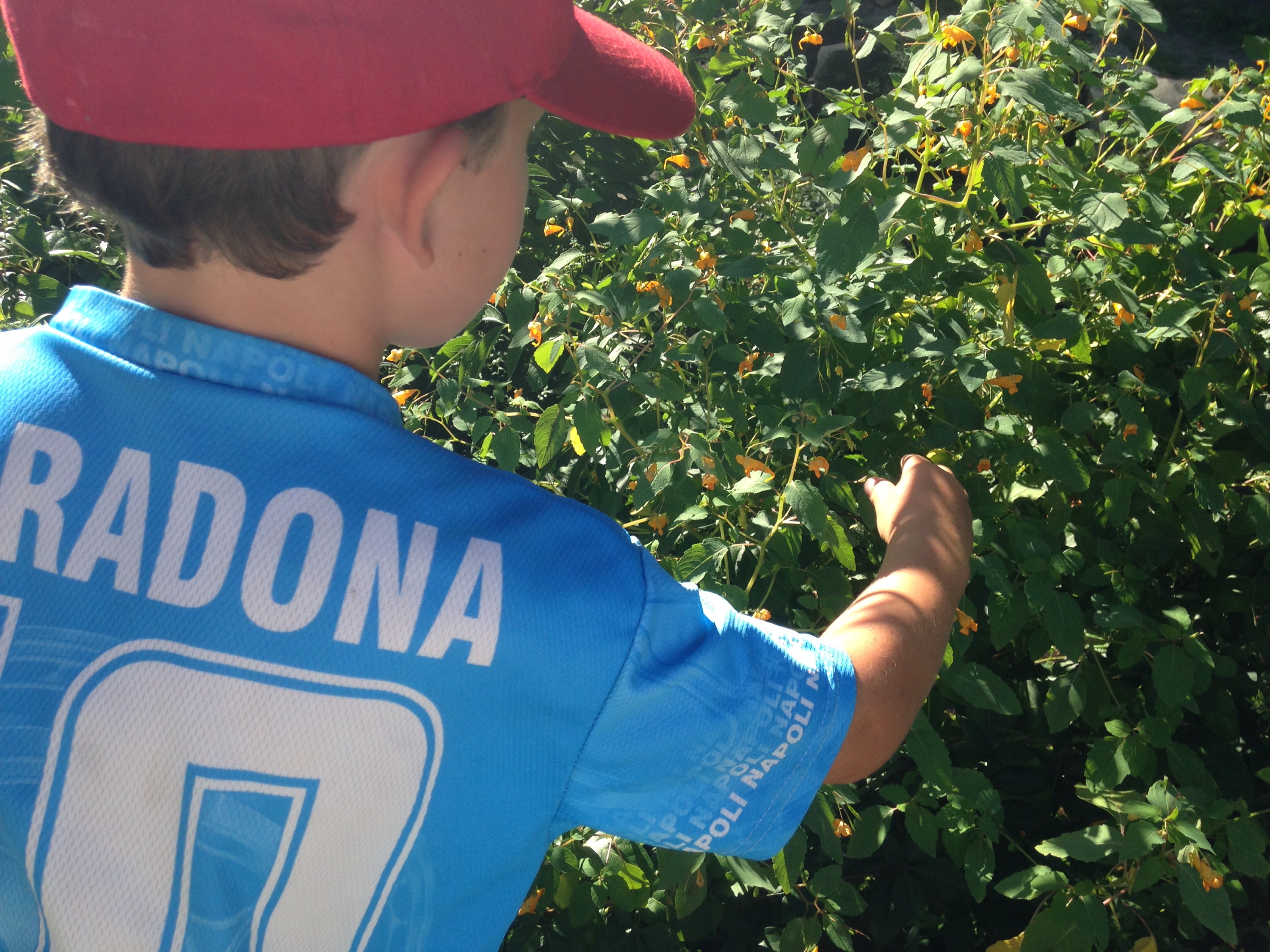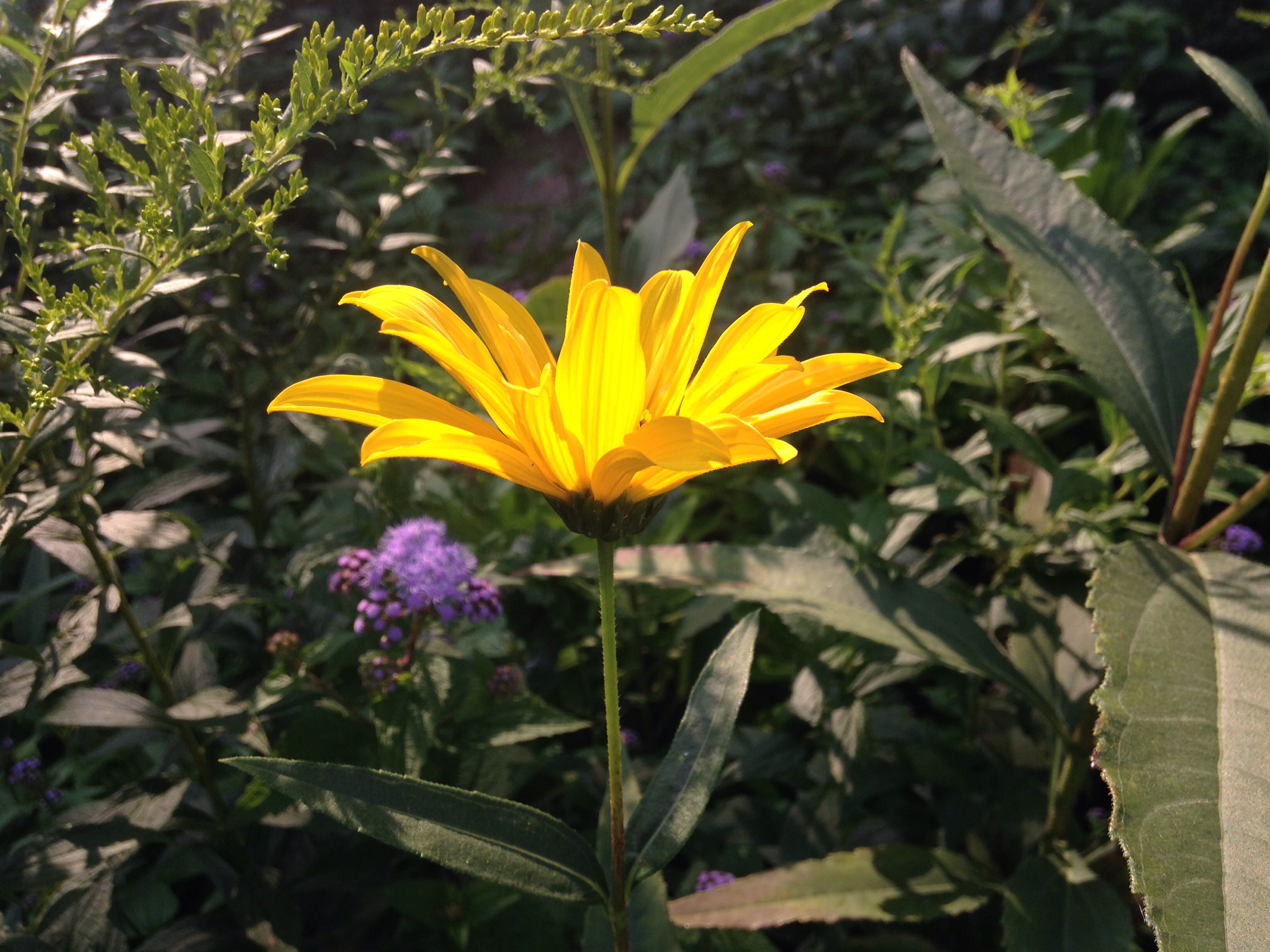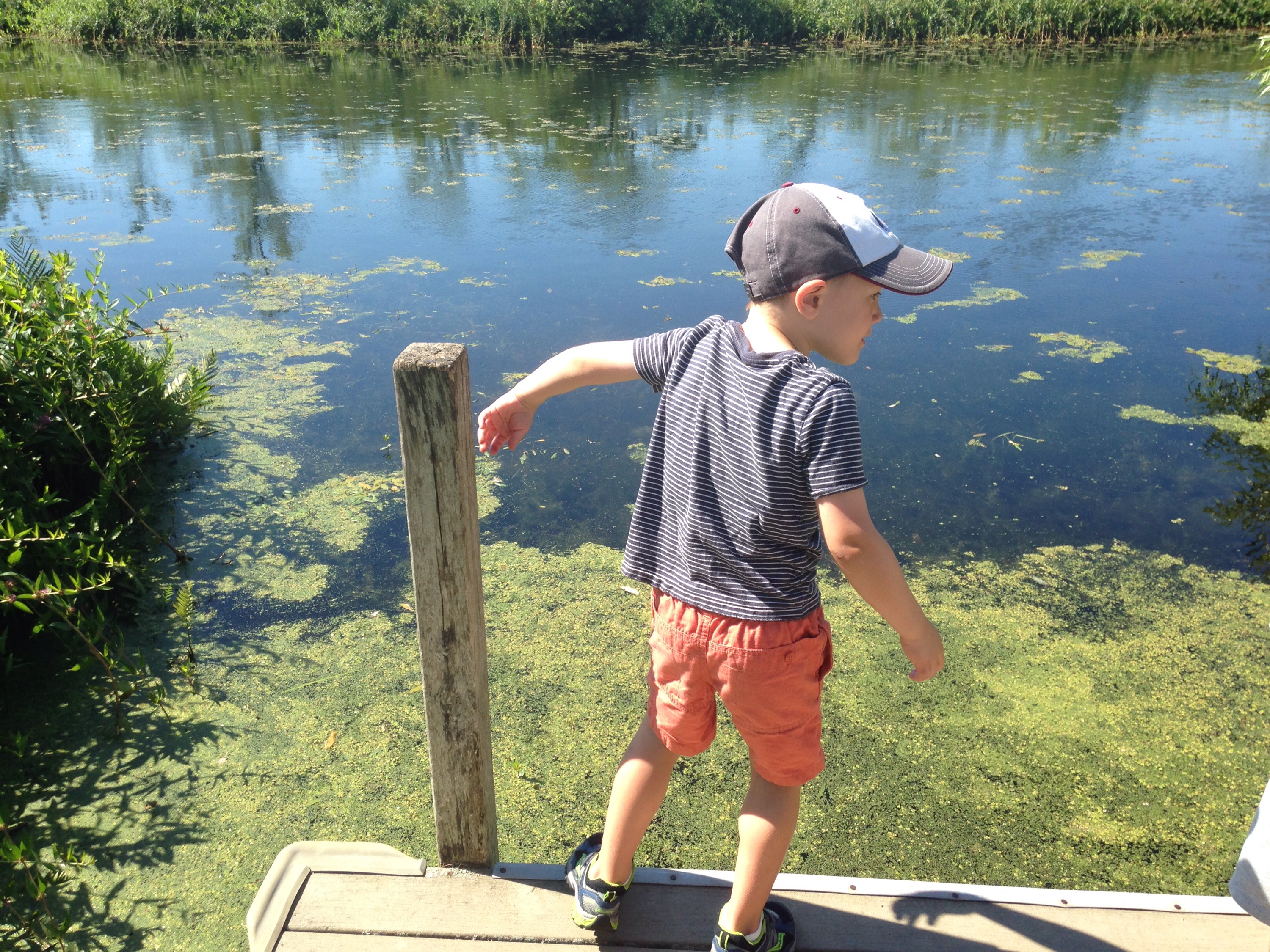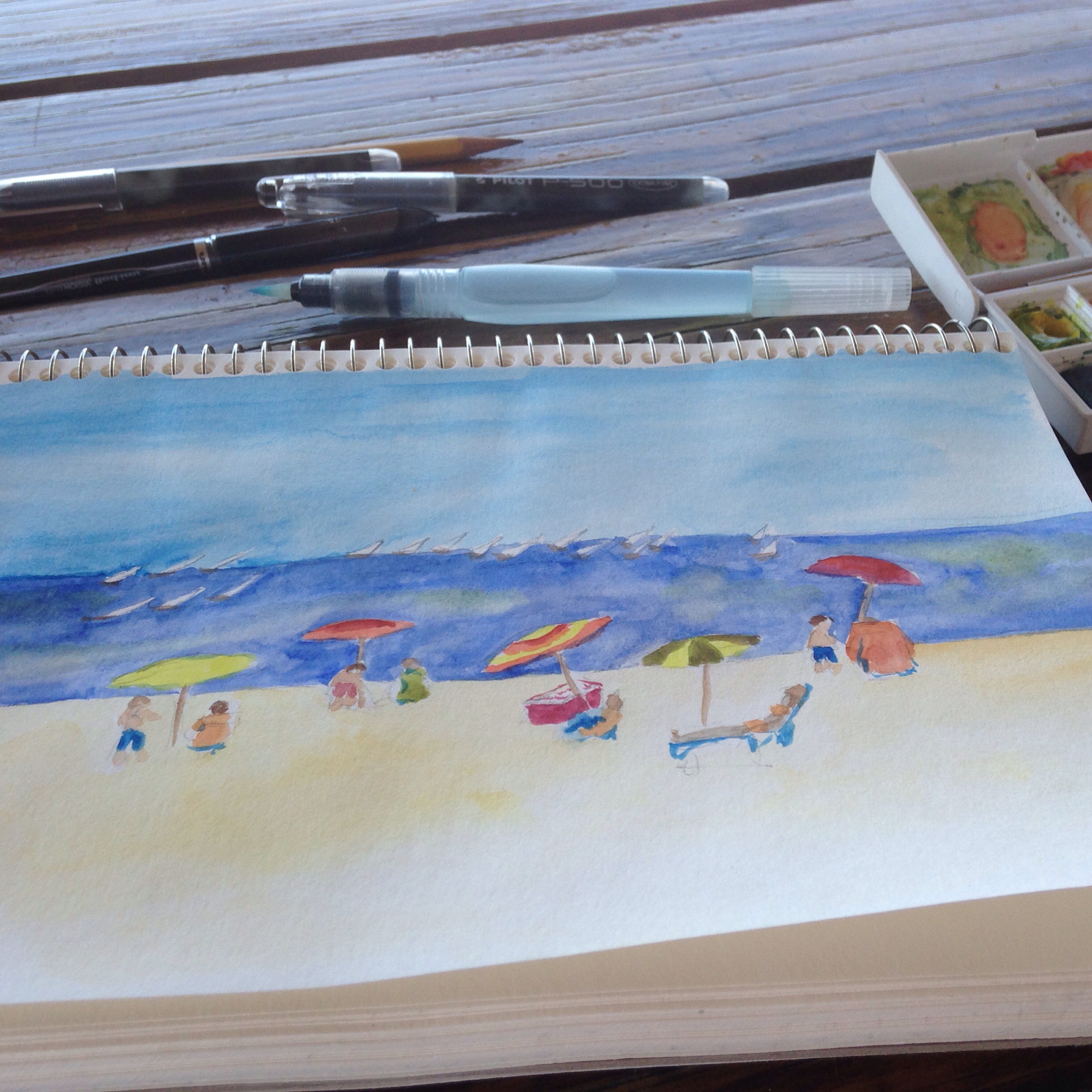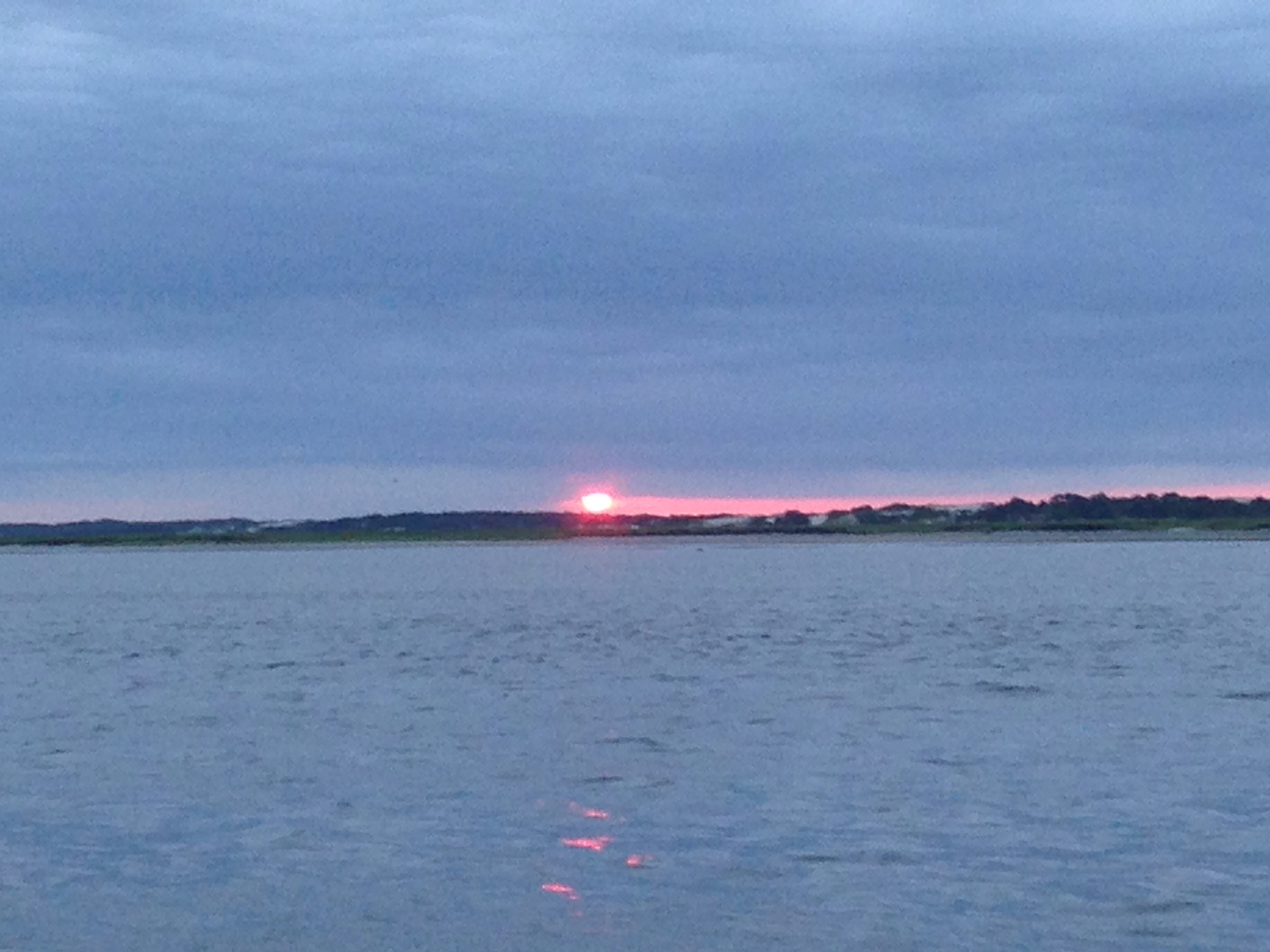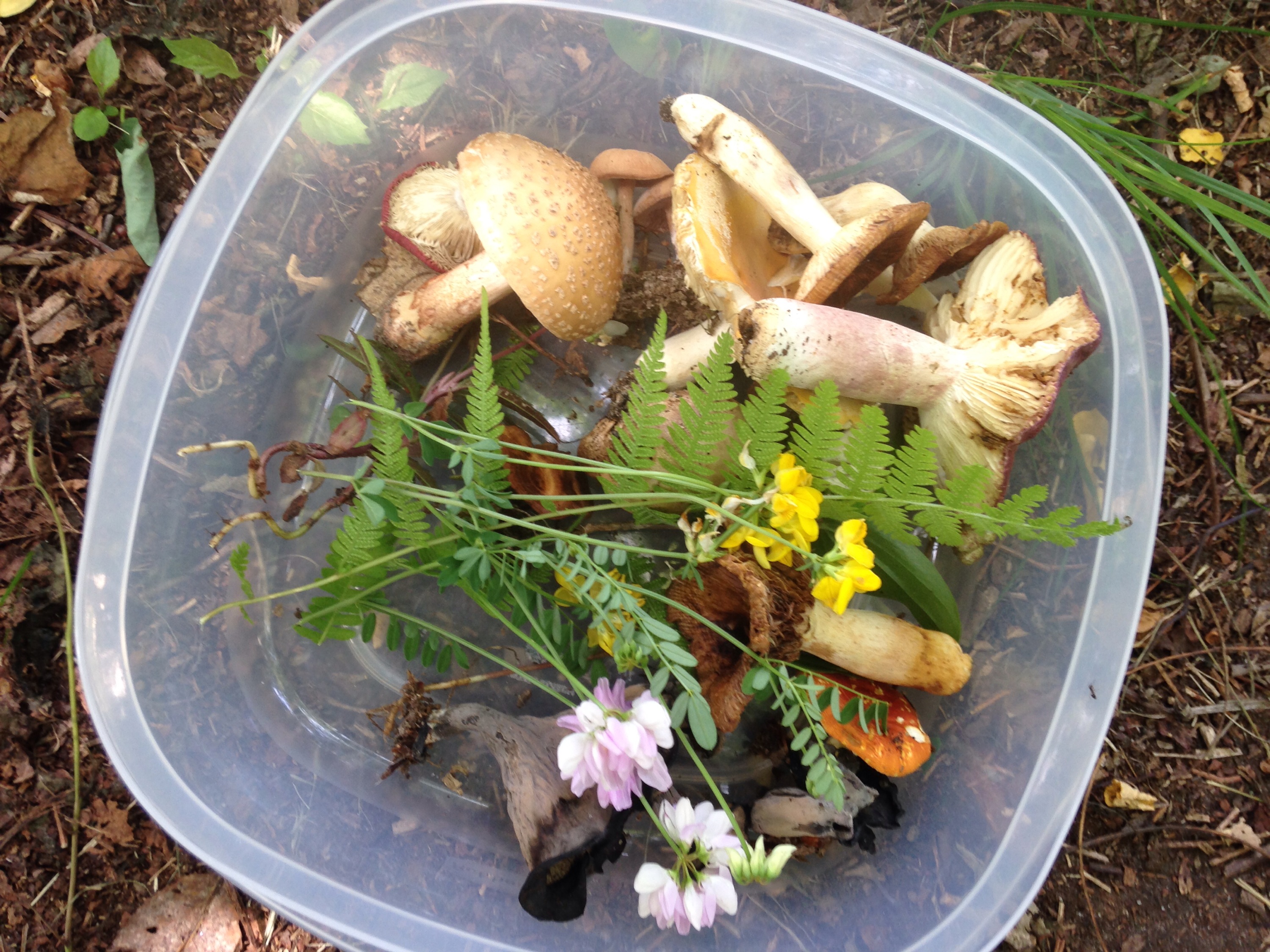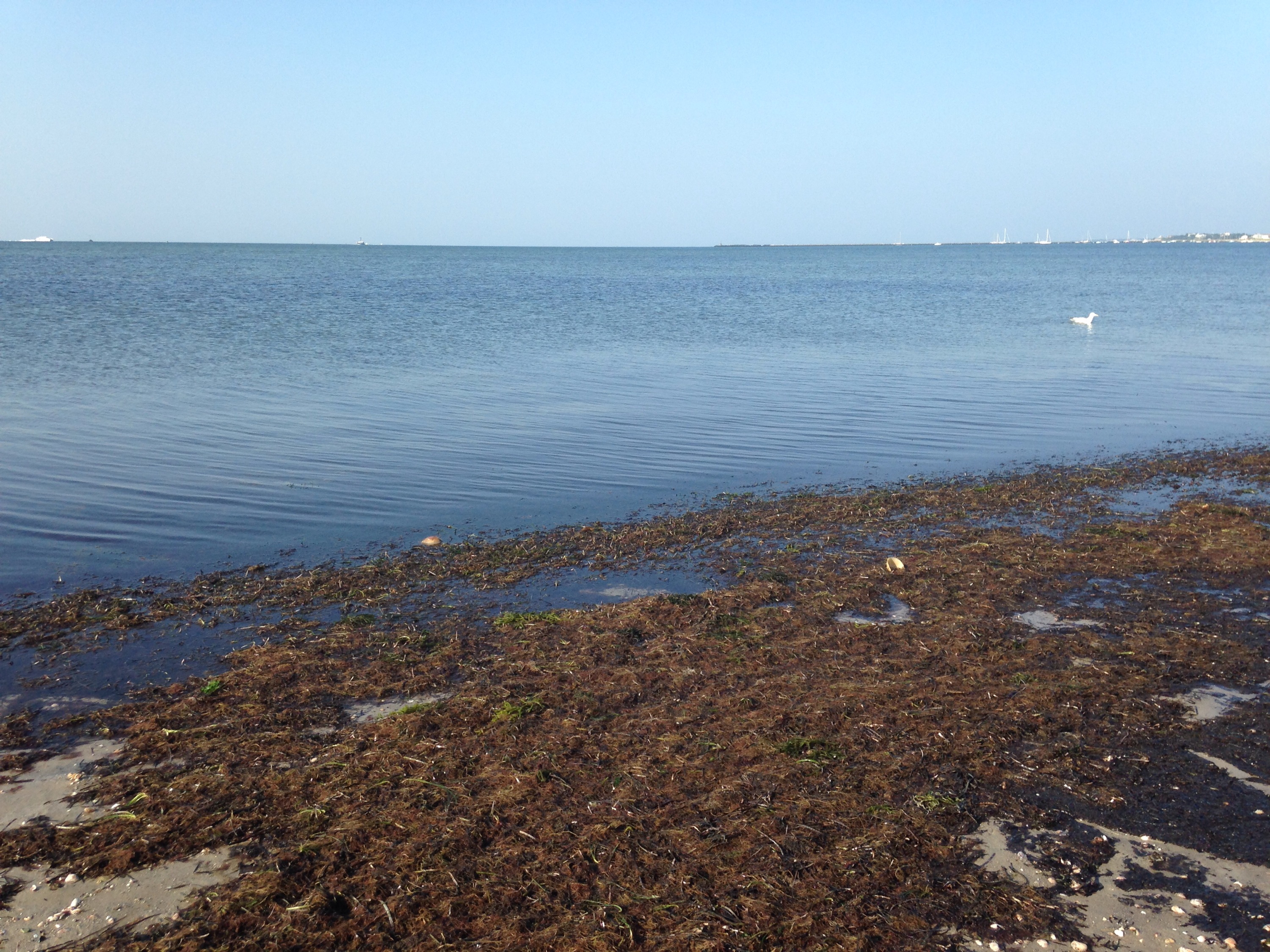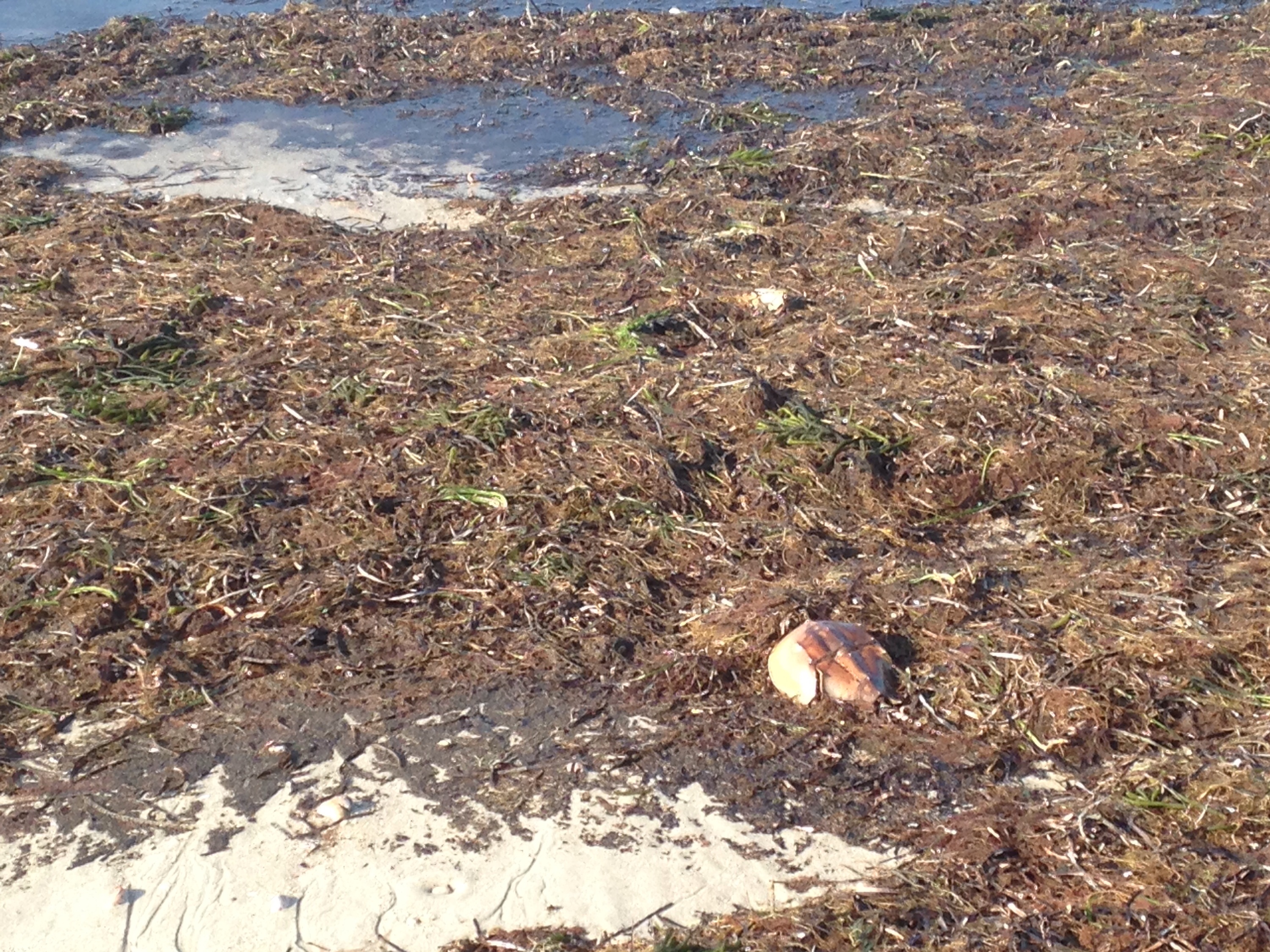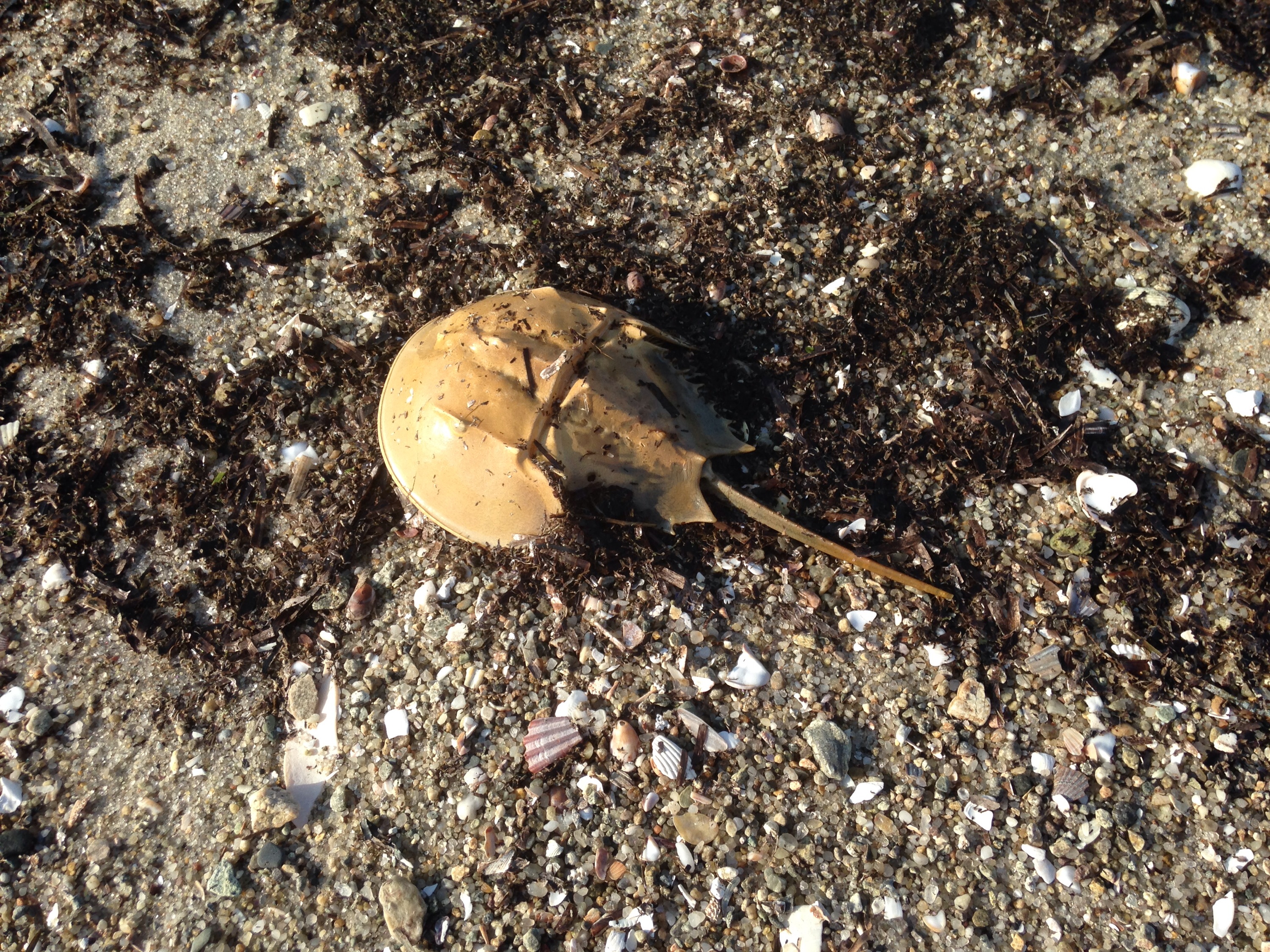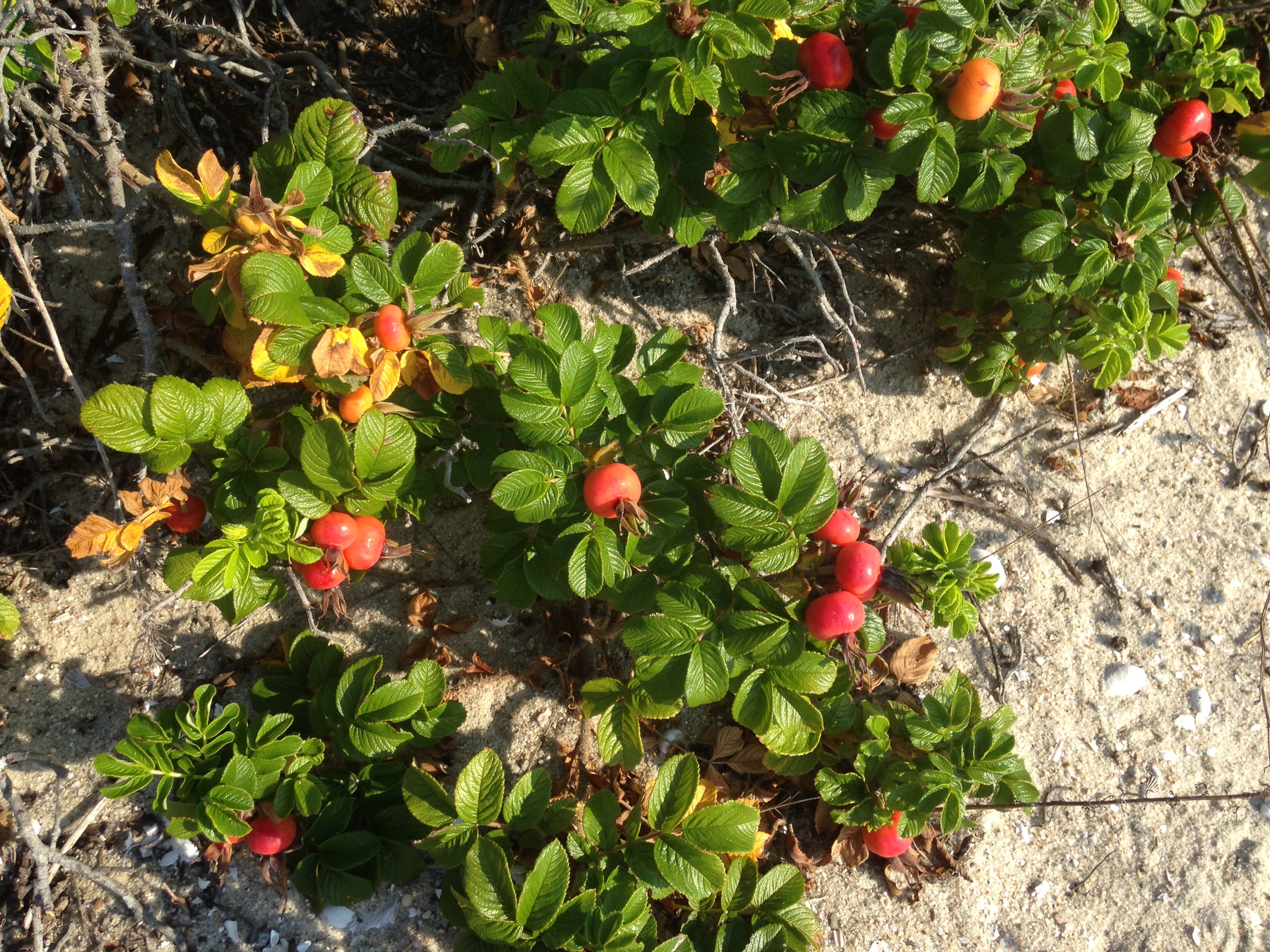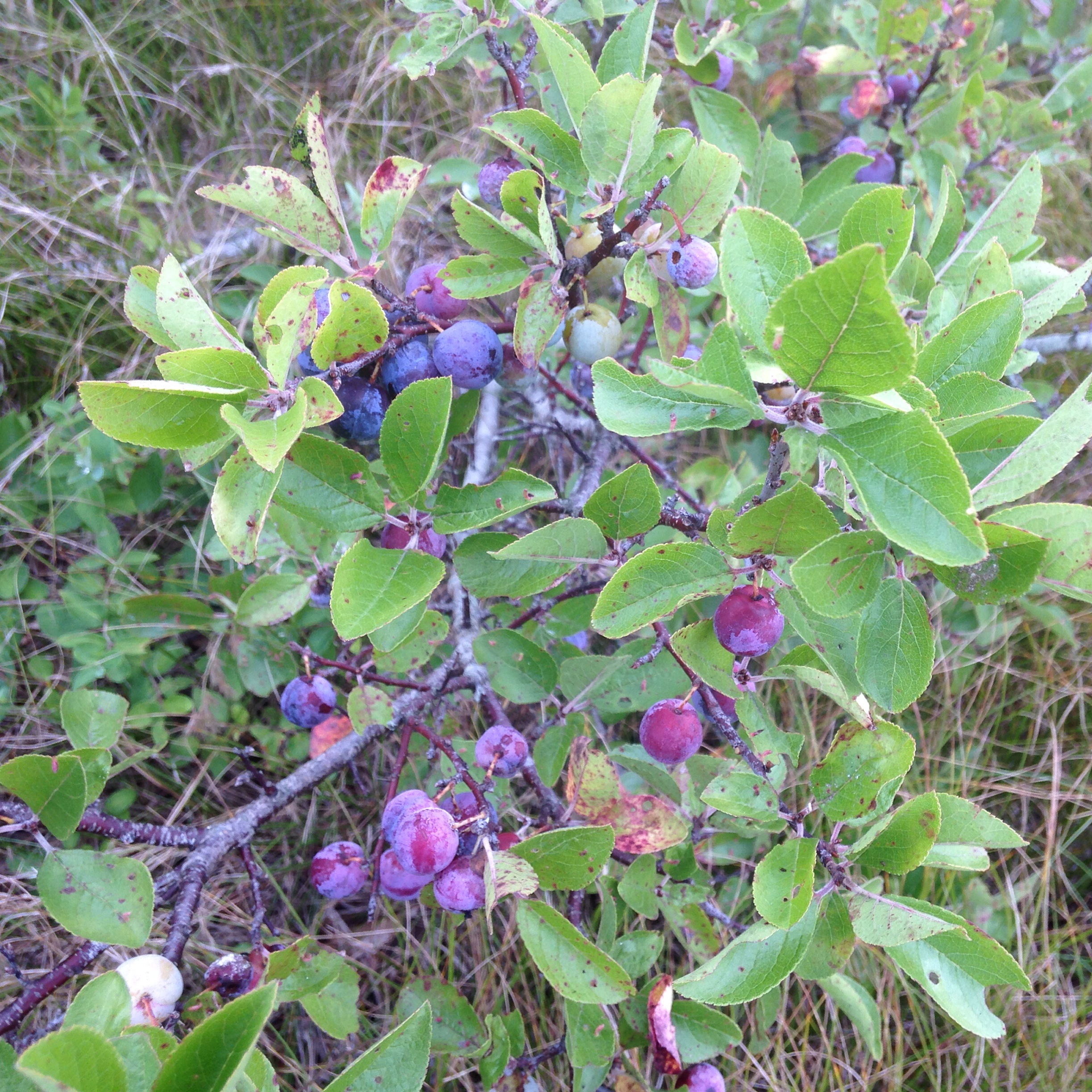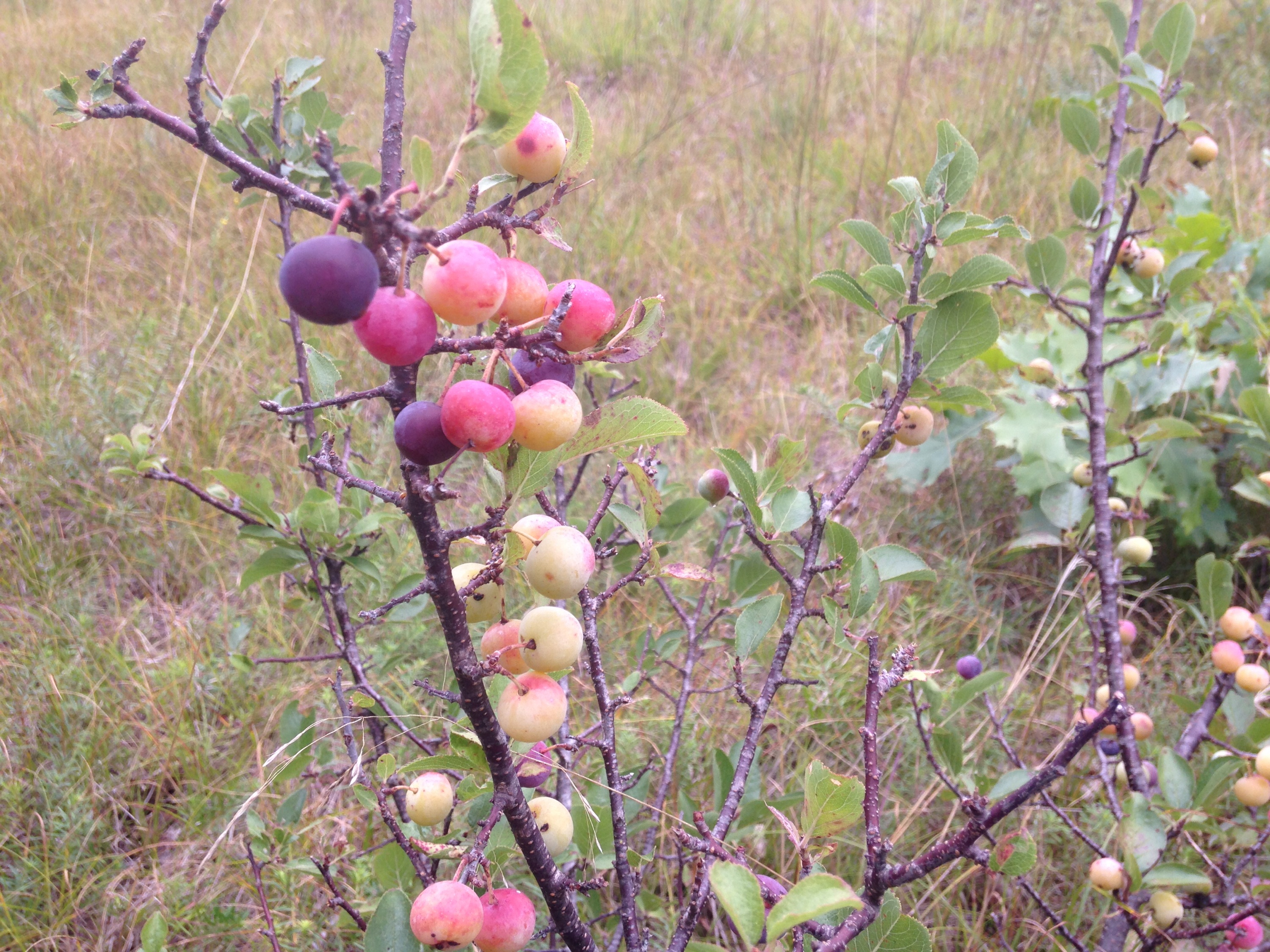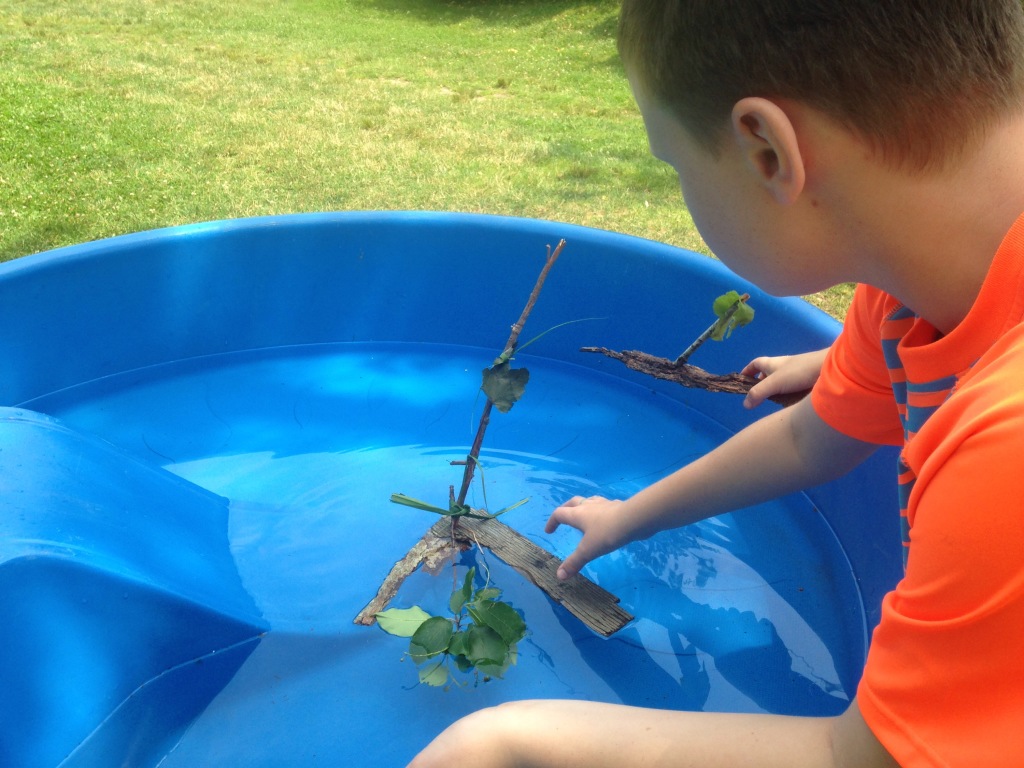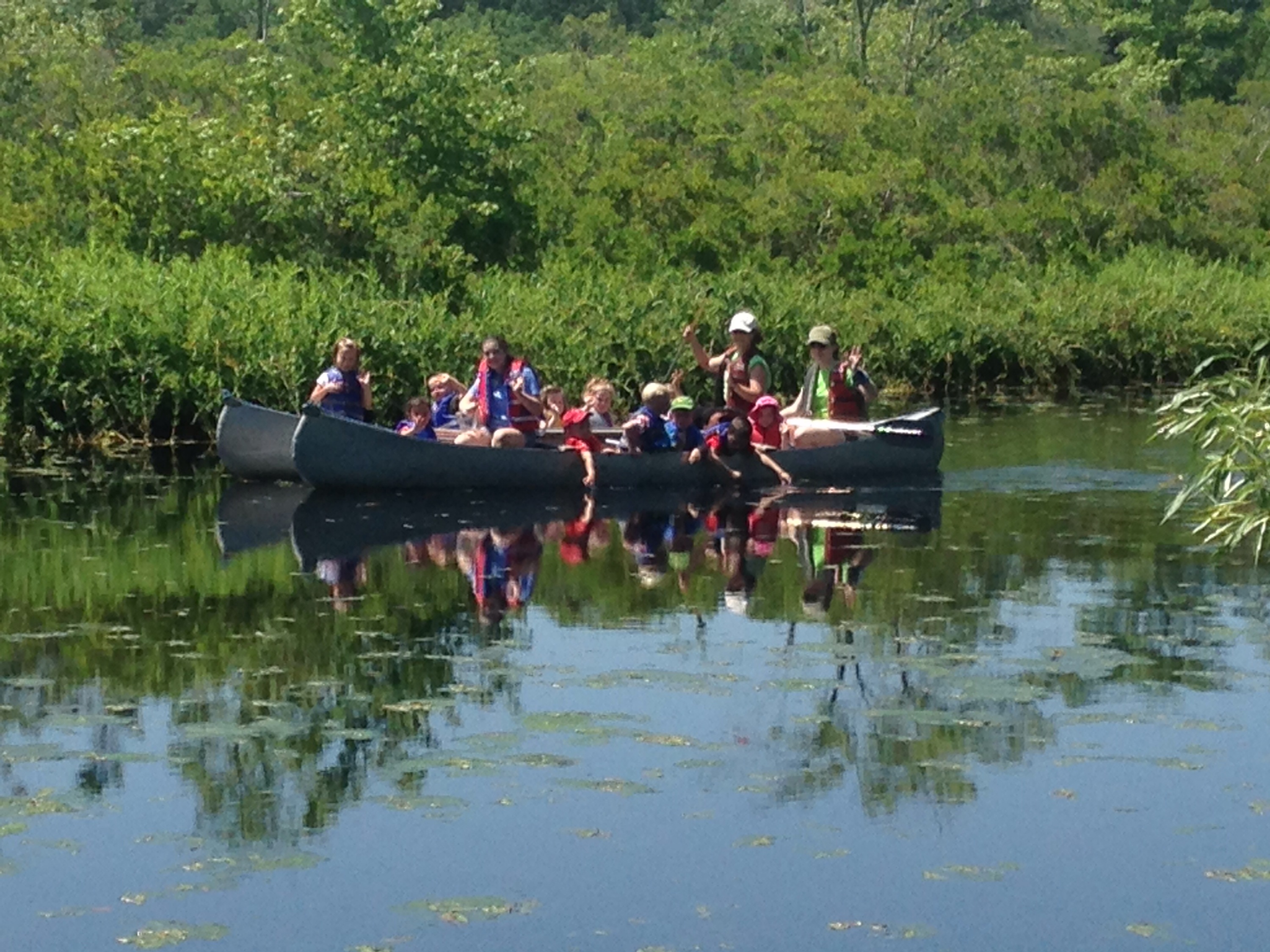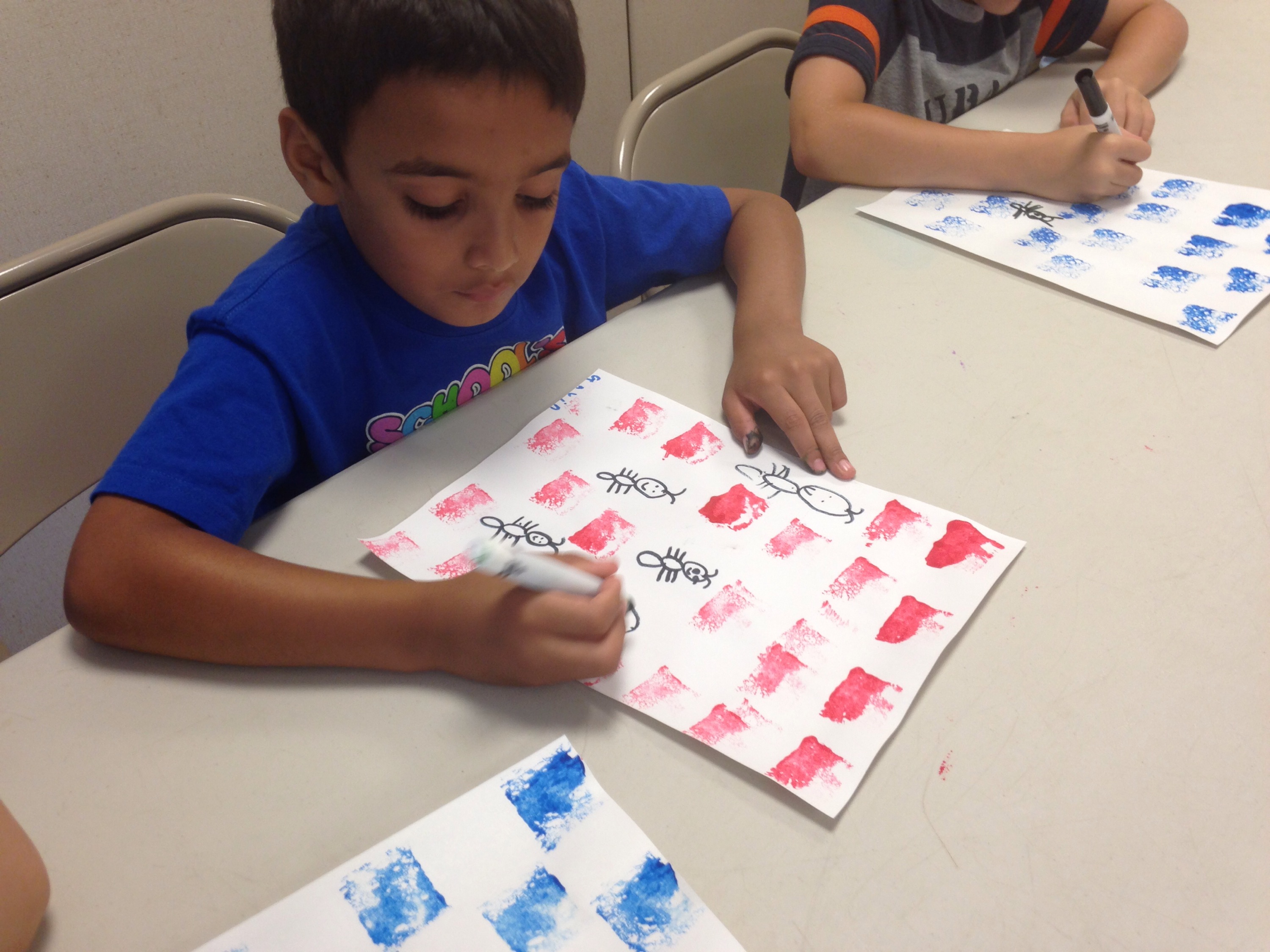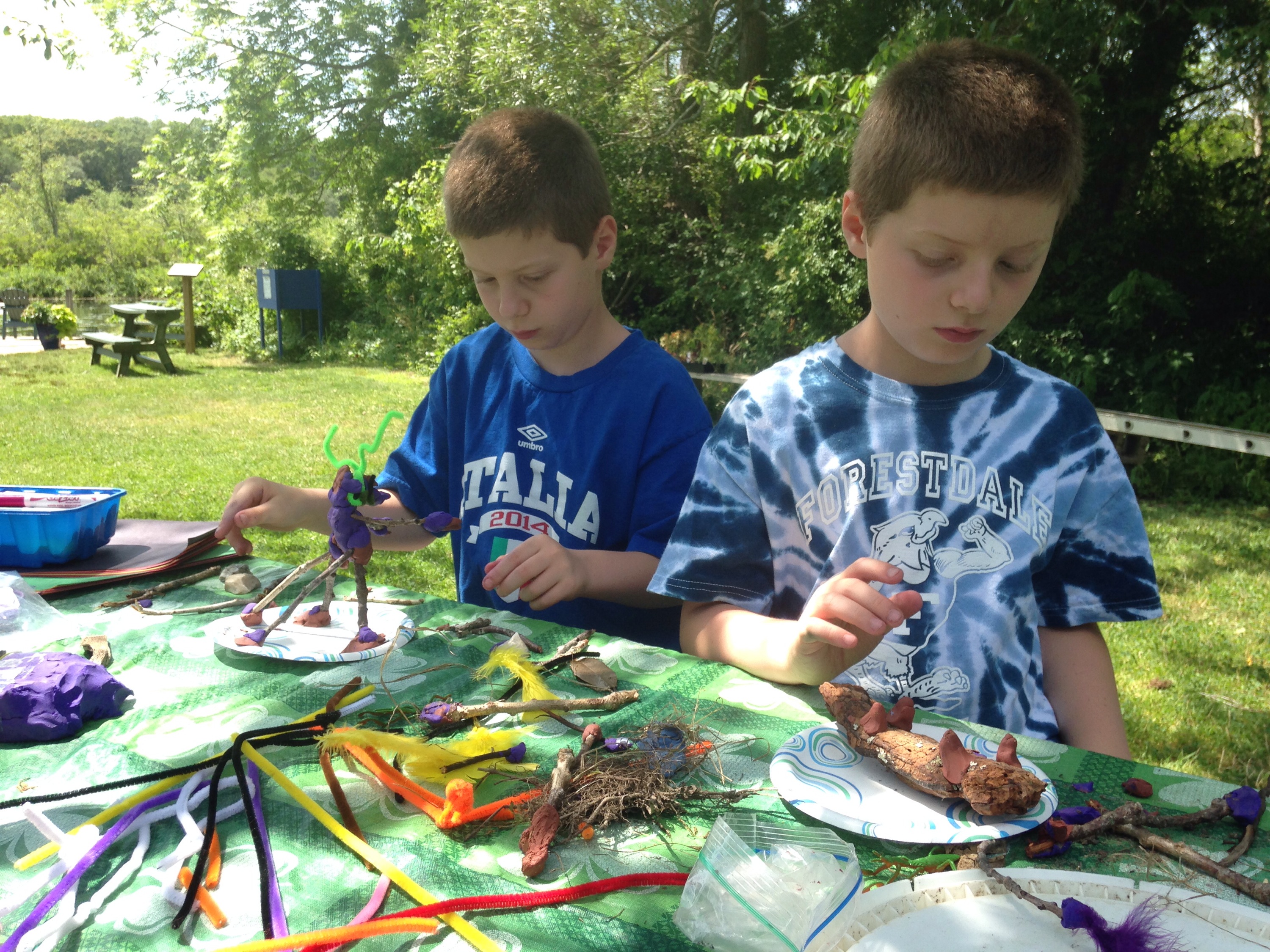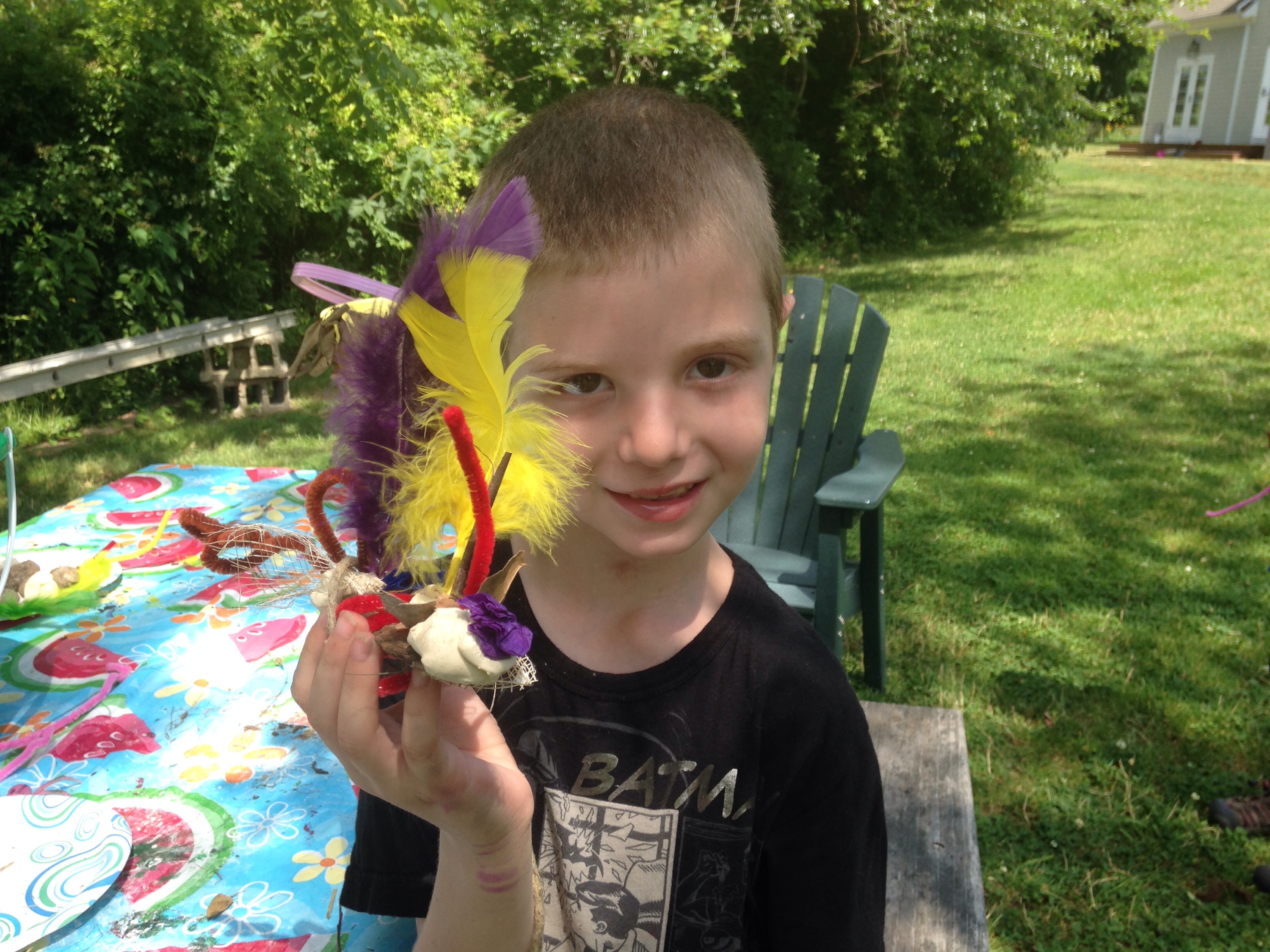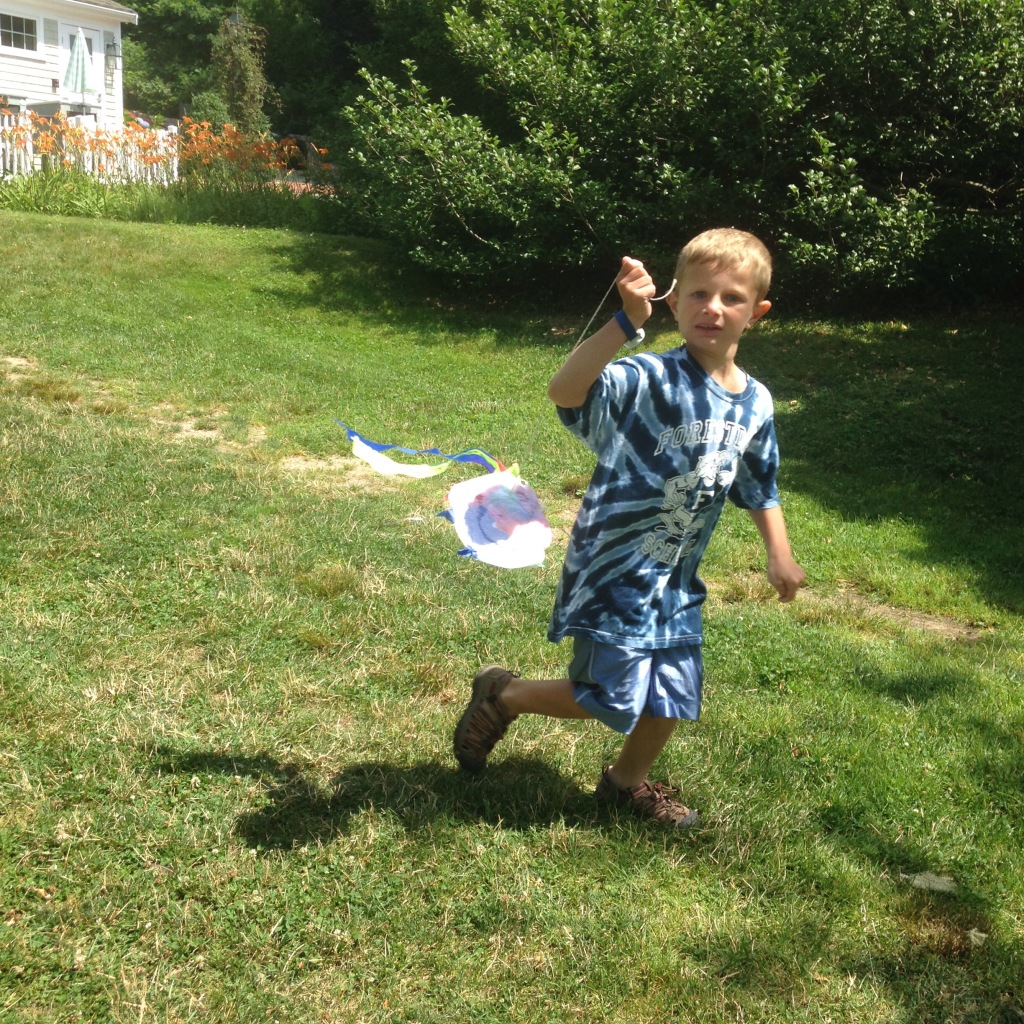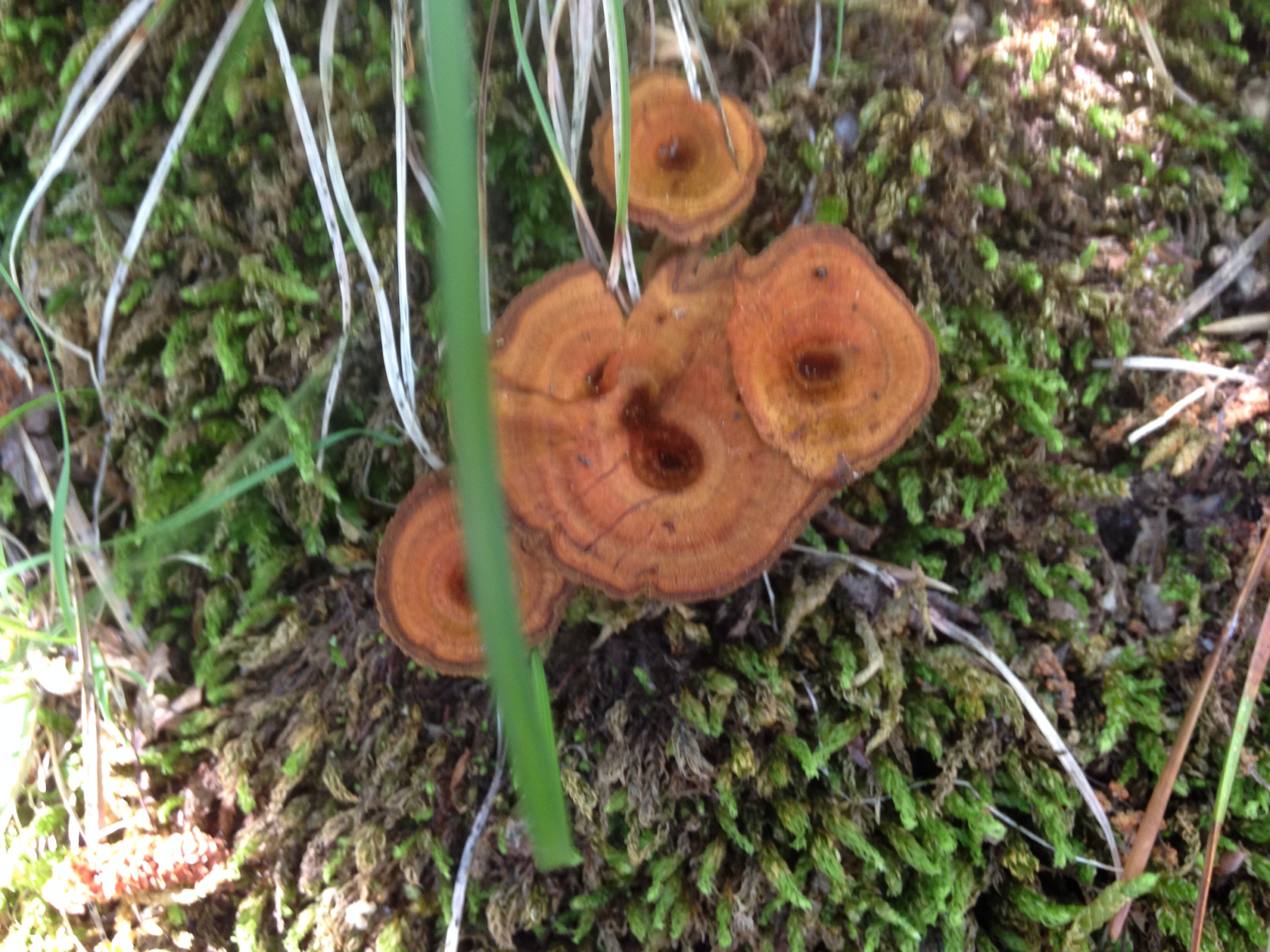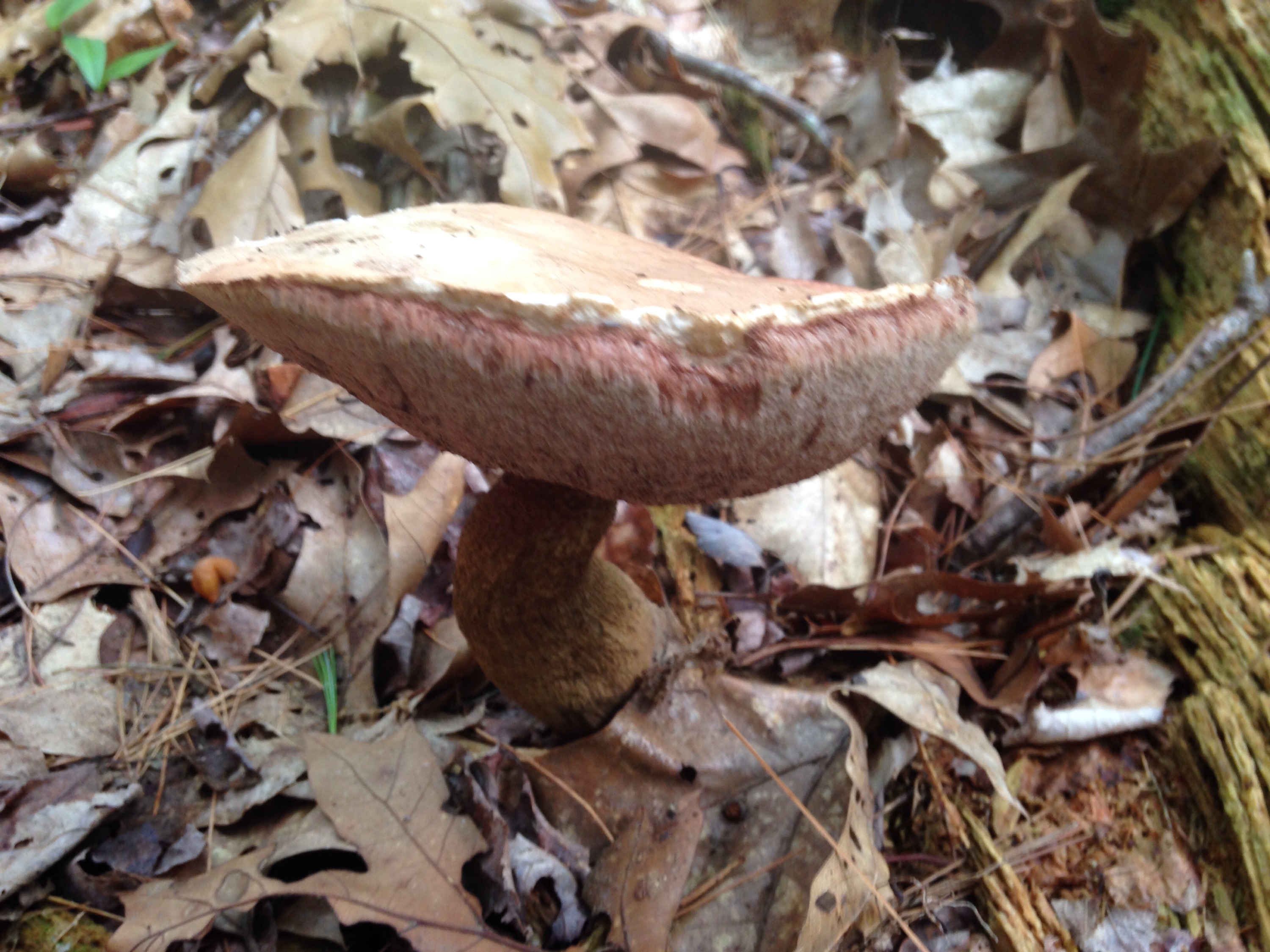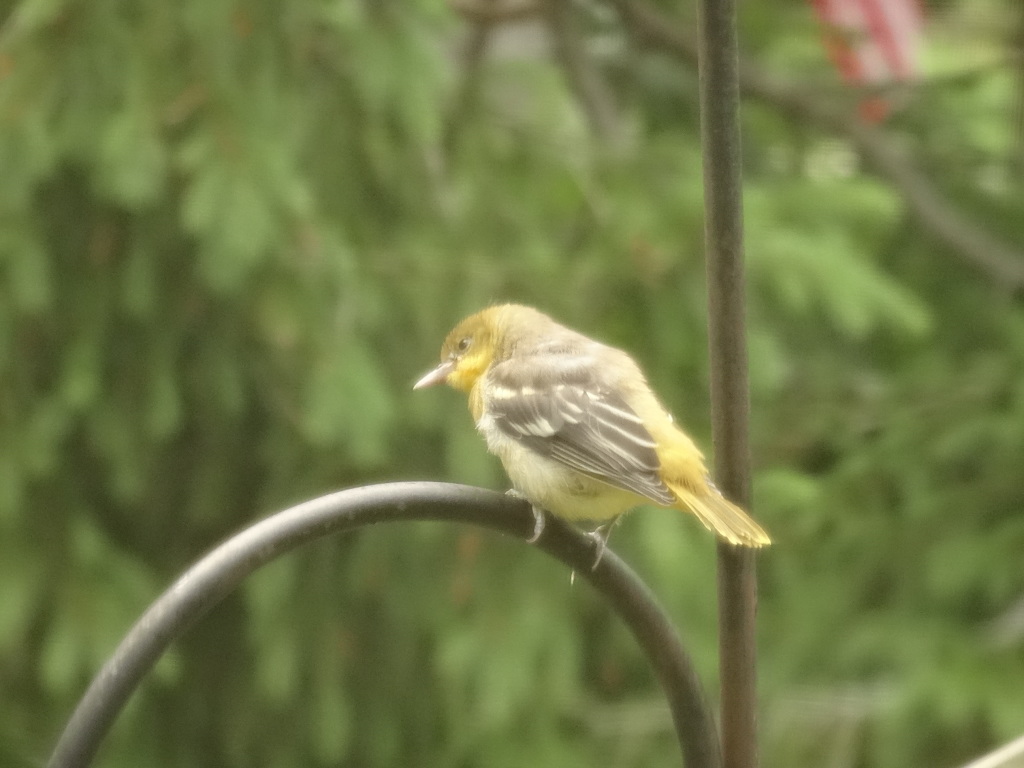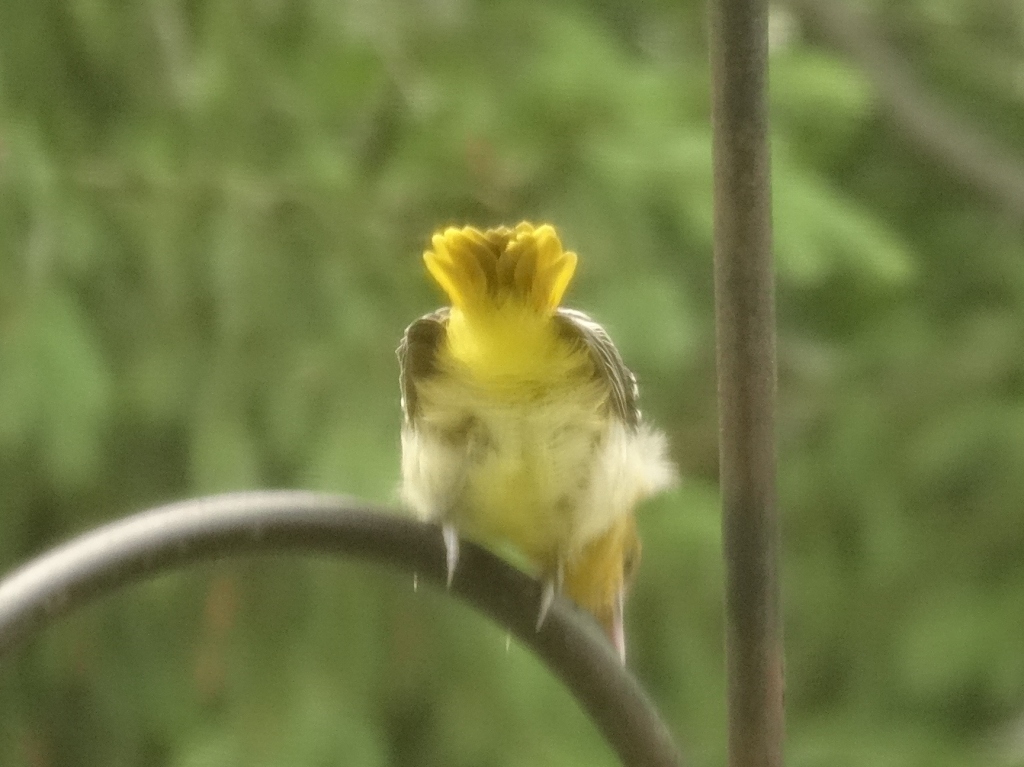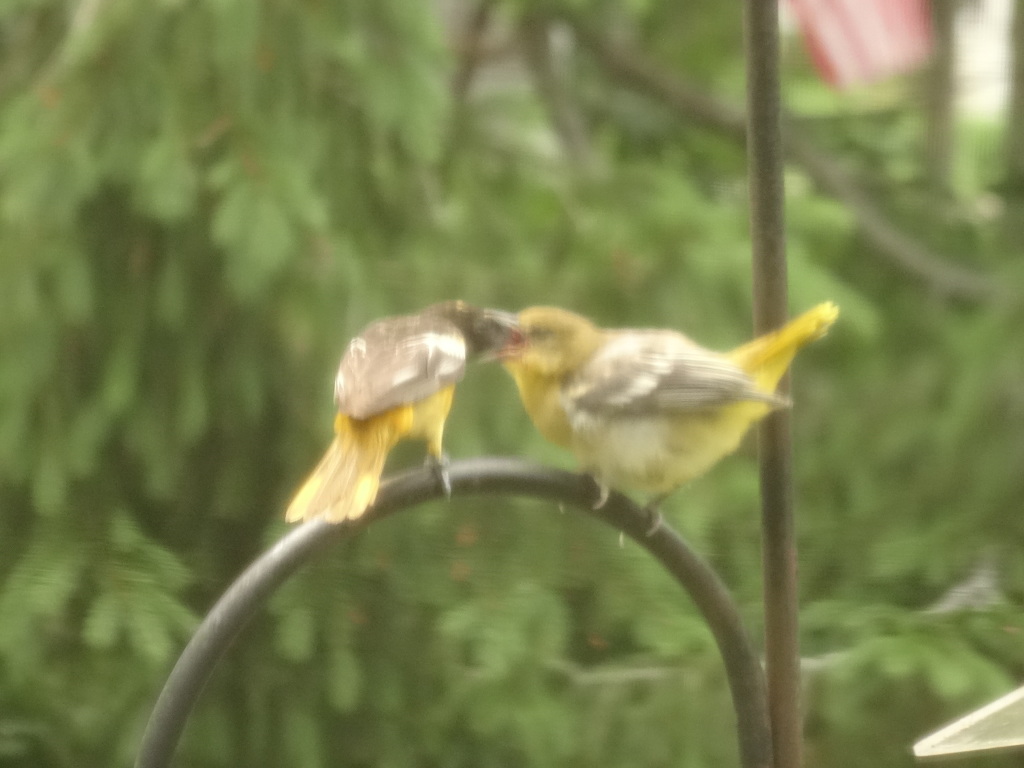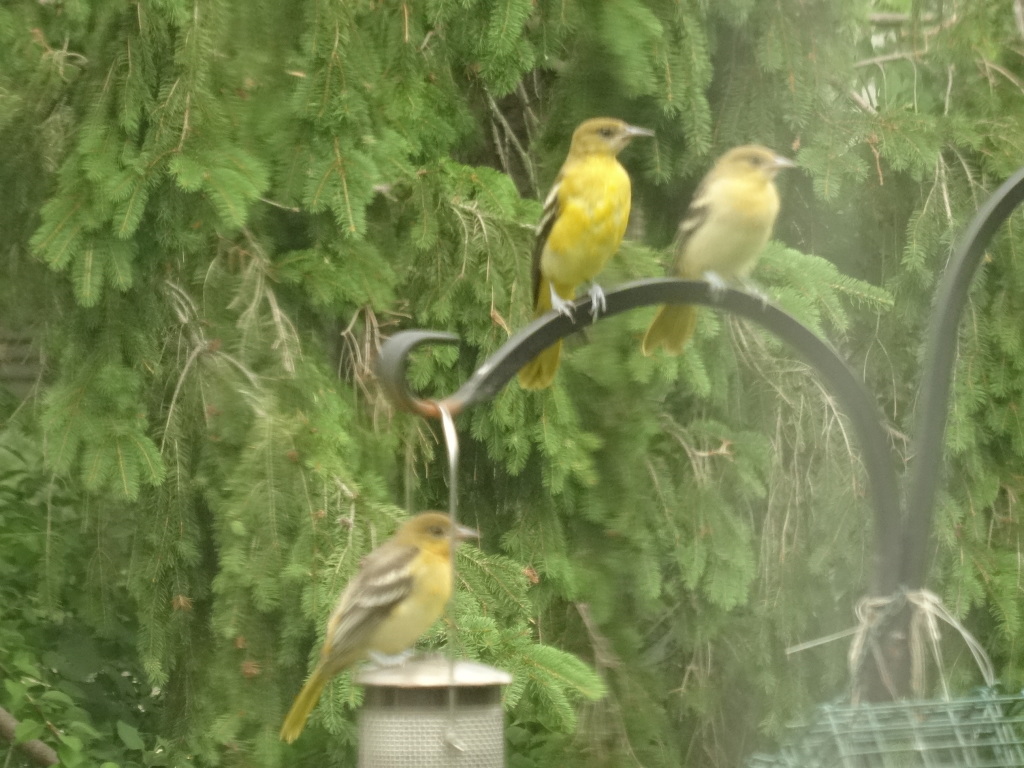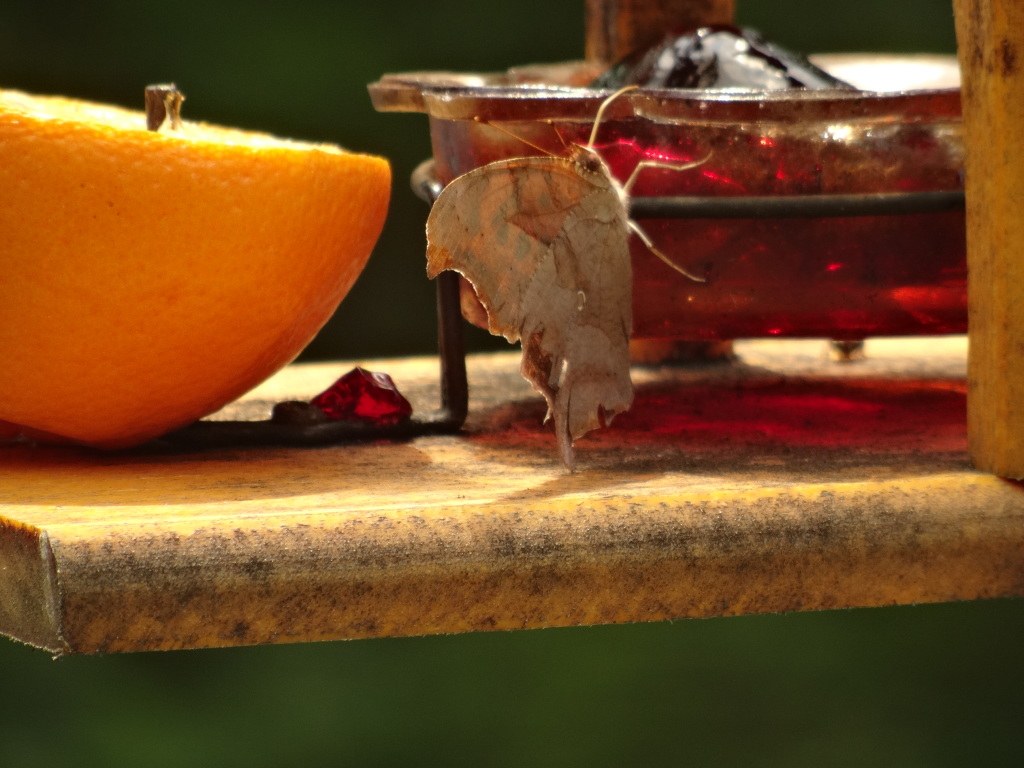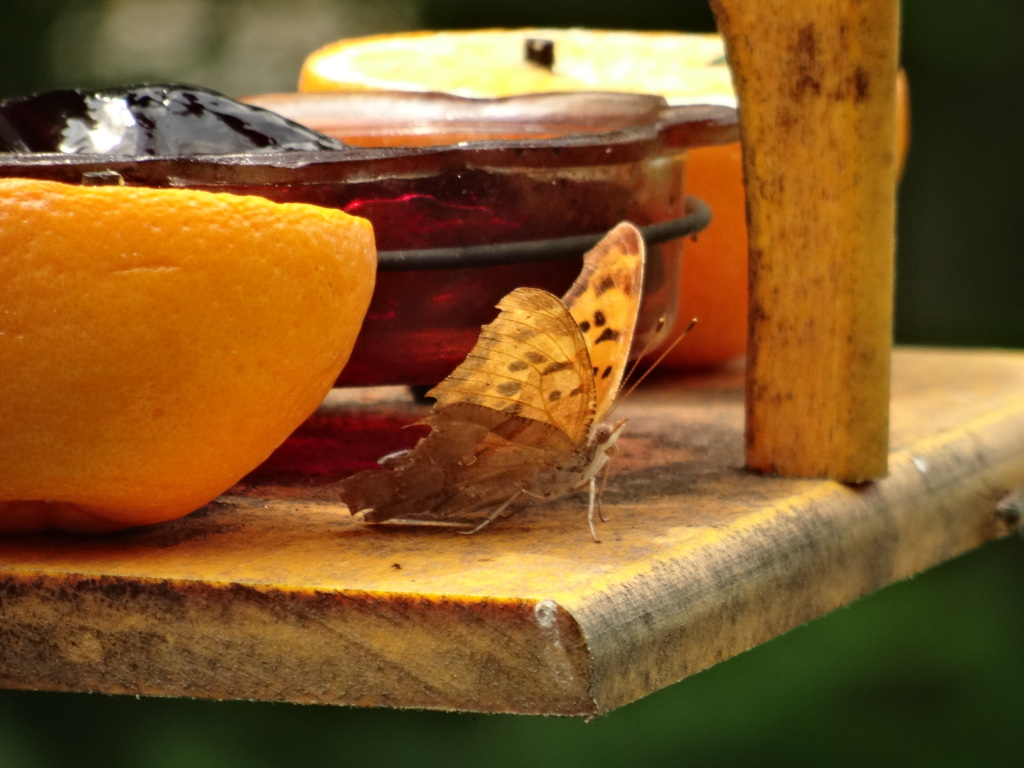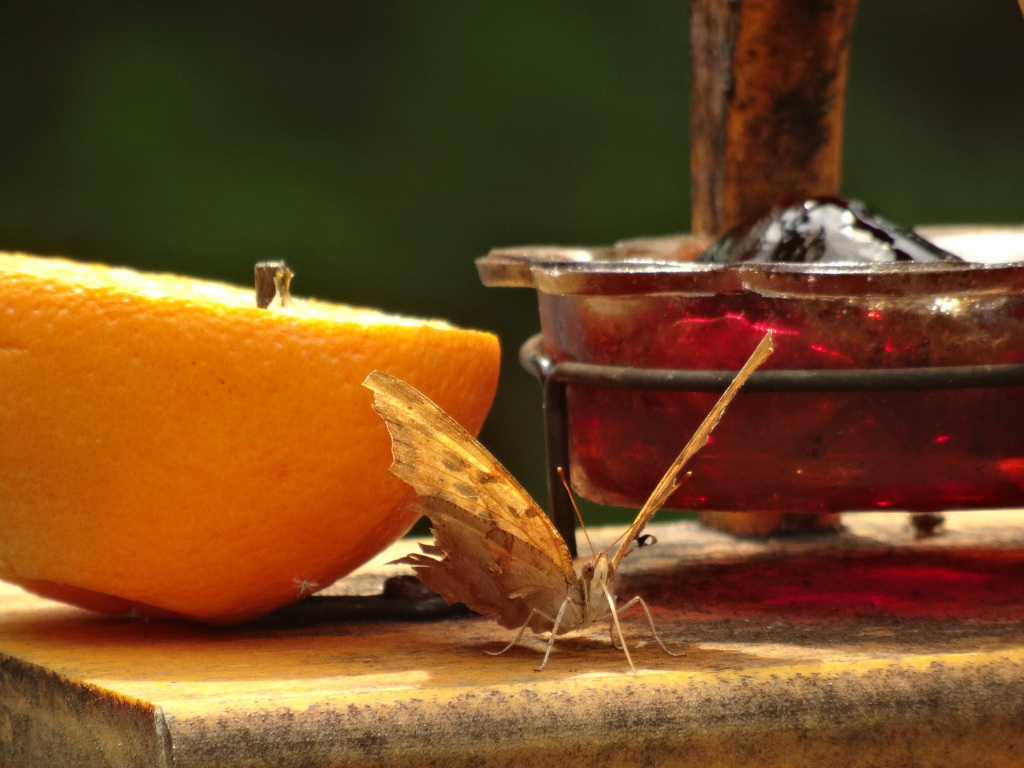I know that many of us simply love the fall just about anywhere but fall on Cape Cod is pretty special. We get a late frost which means a lot of late bloomers are still around. The trees are colorful longer into November than many othe places and the marshes are just gorgeous.
We also get some exceptionally high and low tides around the full moon… Beautiful reflections abound,,,,
Beautiful reflections abound,,,,
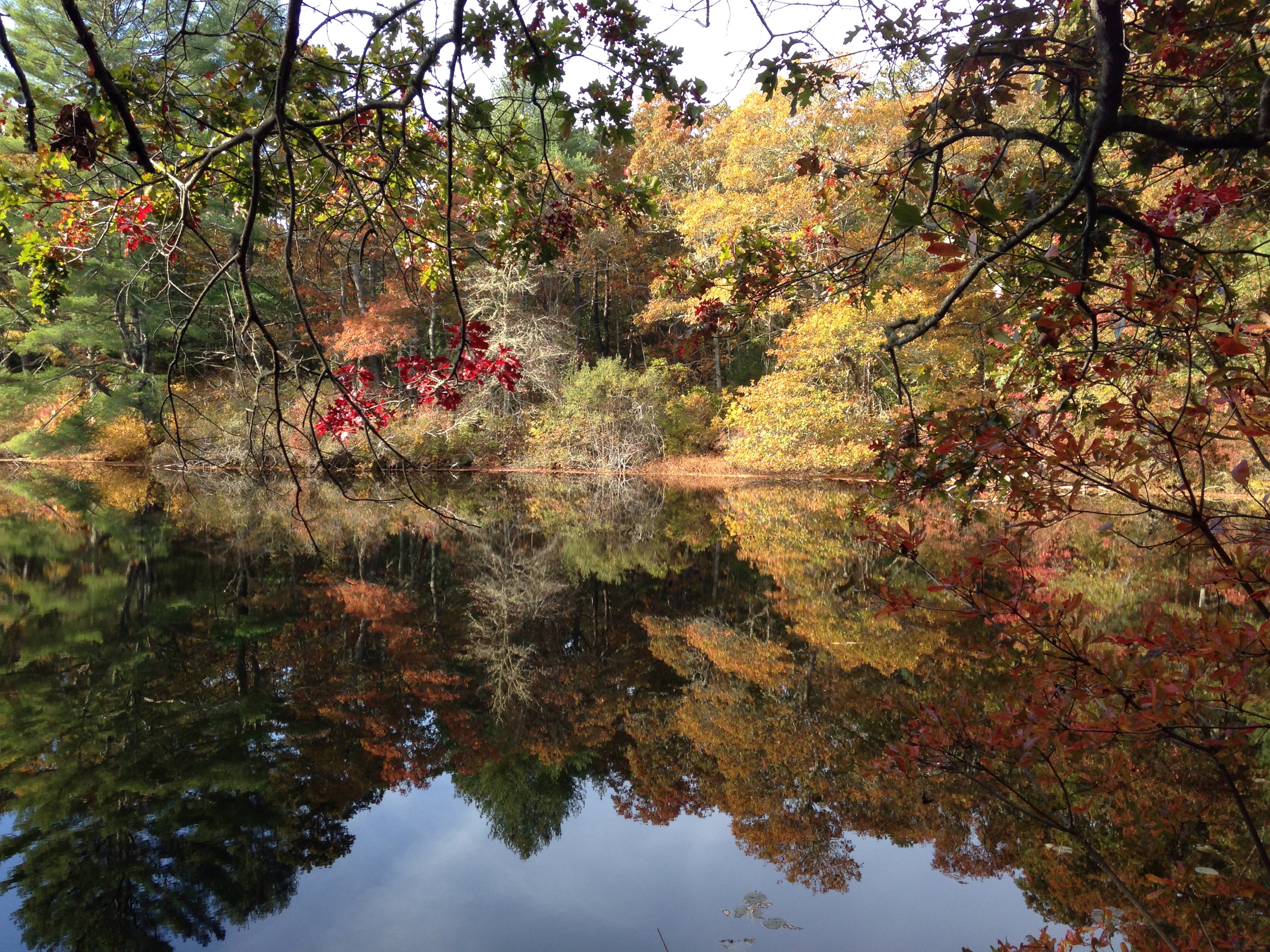 Red maples put on a beautiful show….
Red maples put on a beautiful show…. Even the swans look majestic in this sort of light….
Even the swans look majestic in this sort of light….
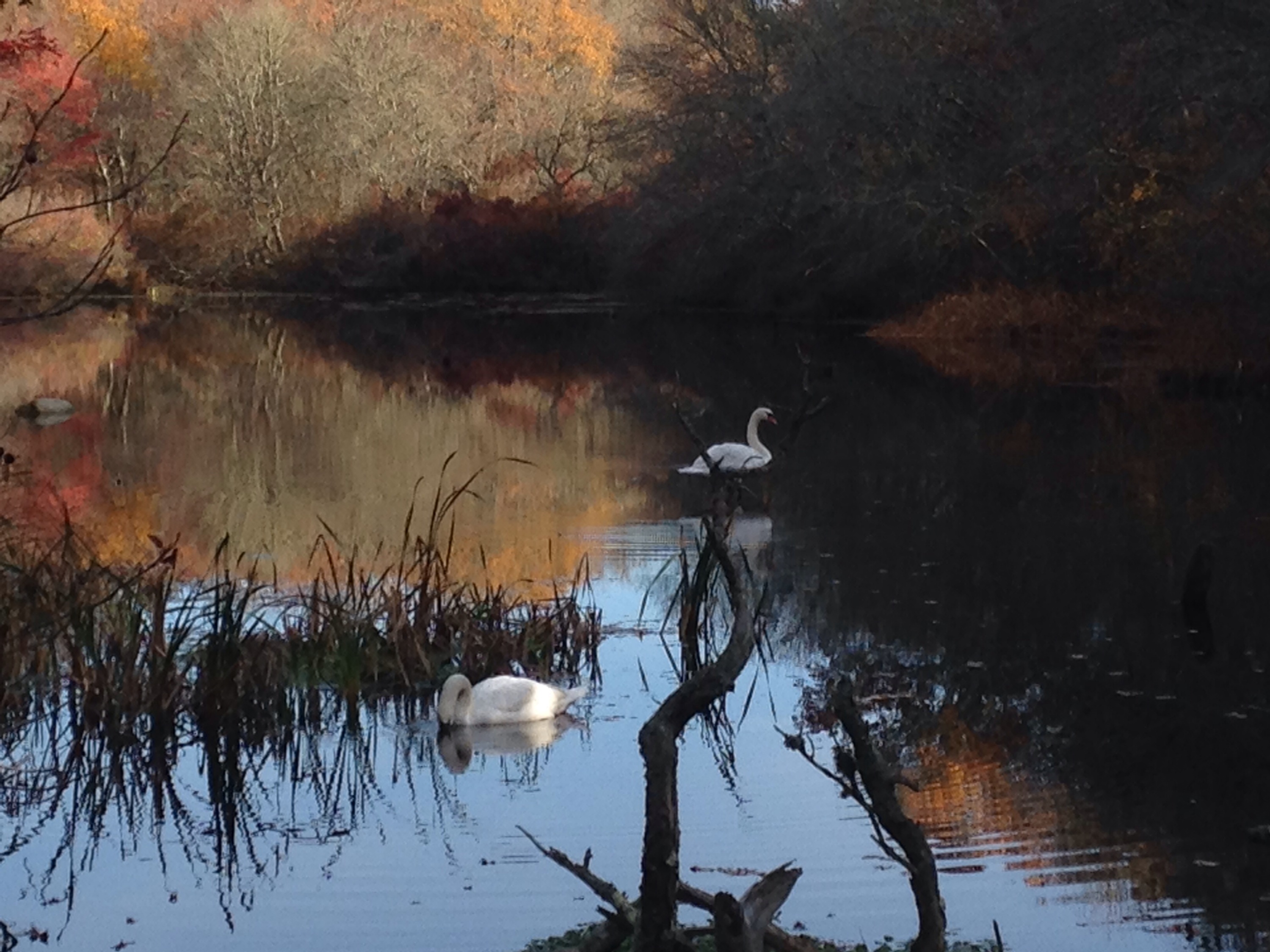 Can’t get enough of this lovely shade of red….
Can’t get enough of this lovely shade of red….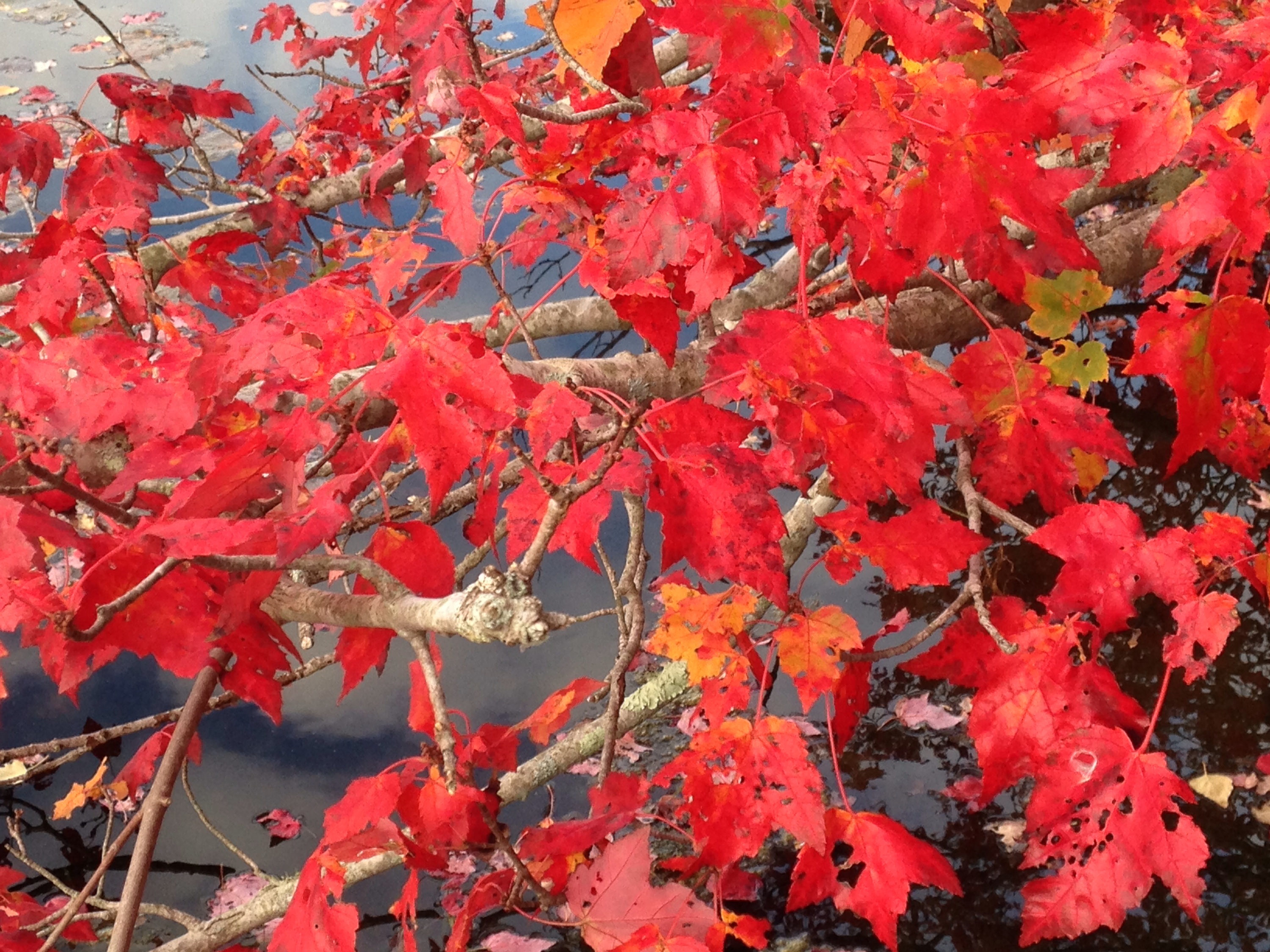 or this yellow orange of rosa rugosa leaves in the dunes….
or this yellow orange of rosa rugosa leaves in the dunes….
 A few dragonflies are still around….
A few dragonflies are still around….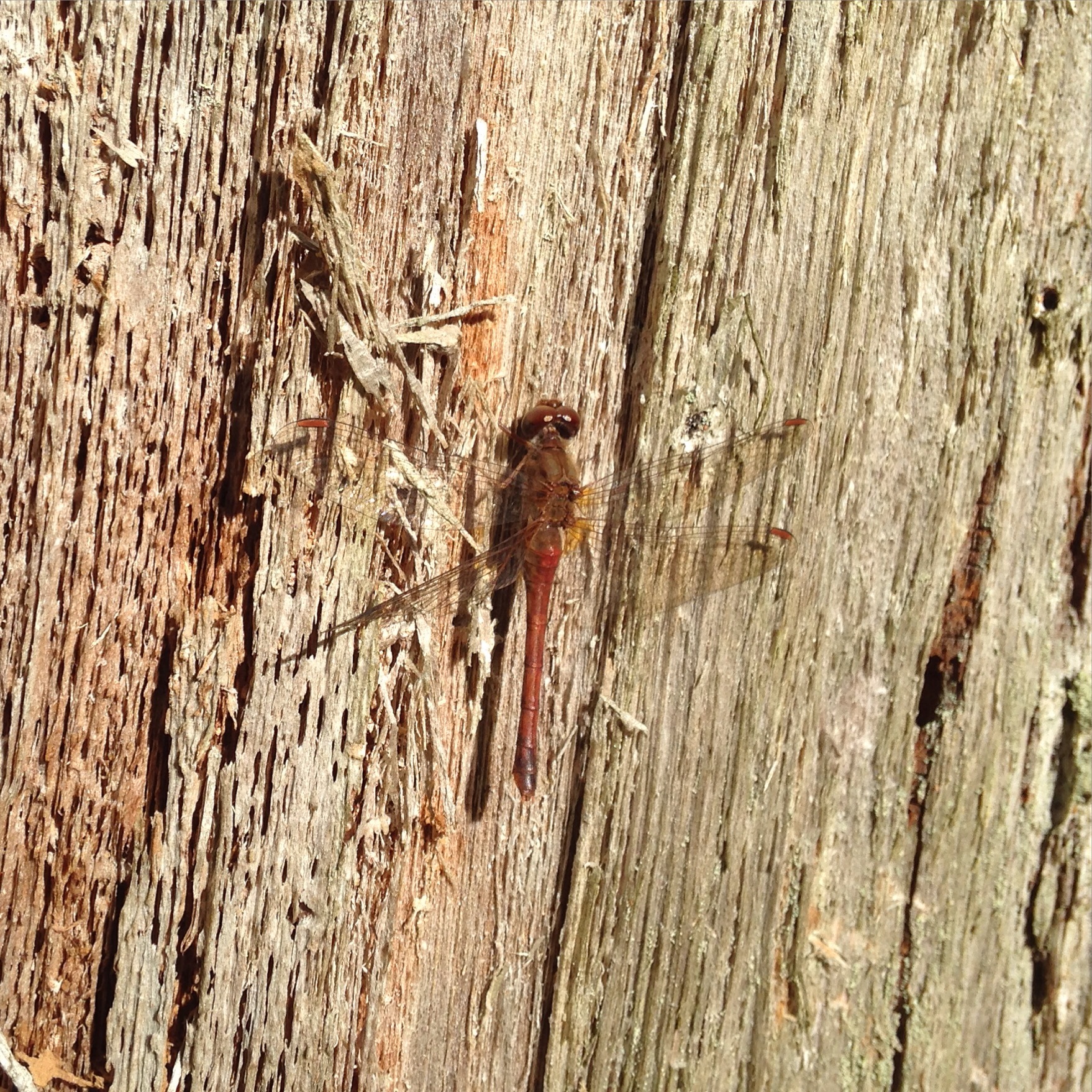 And scads of mushrooms like these honey mushrooms….
And scads of mushrooms like these honey mushrooms….
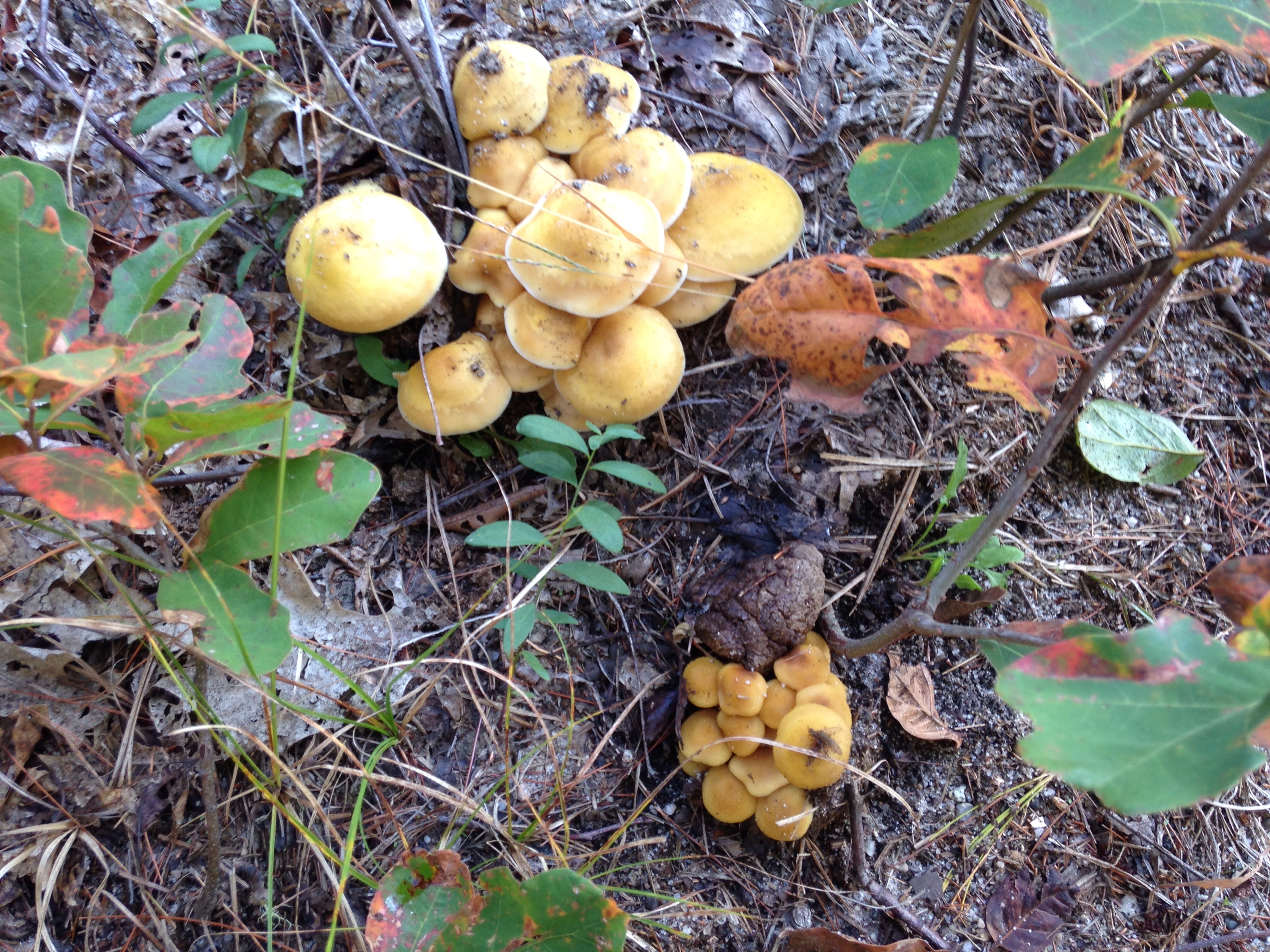 More color against the autumn sky…
More color against the autumn sky… and the golden color of the marshes….
and the golden color of the marshes….
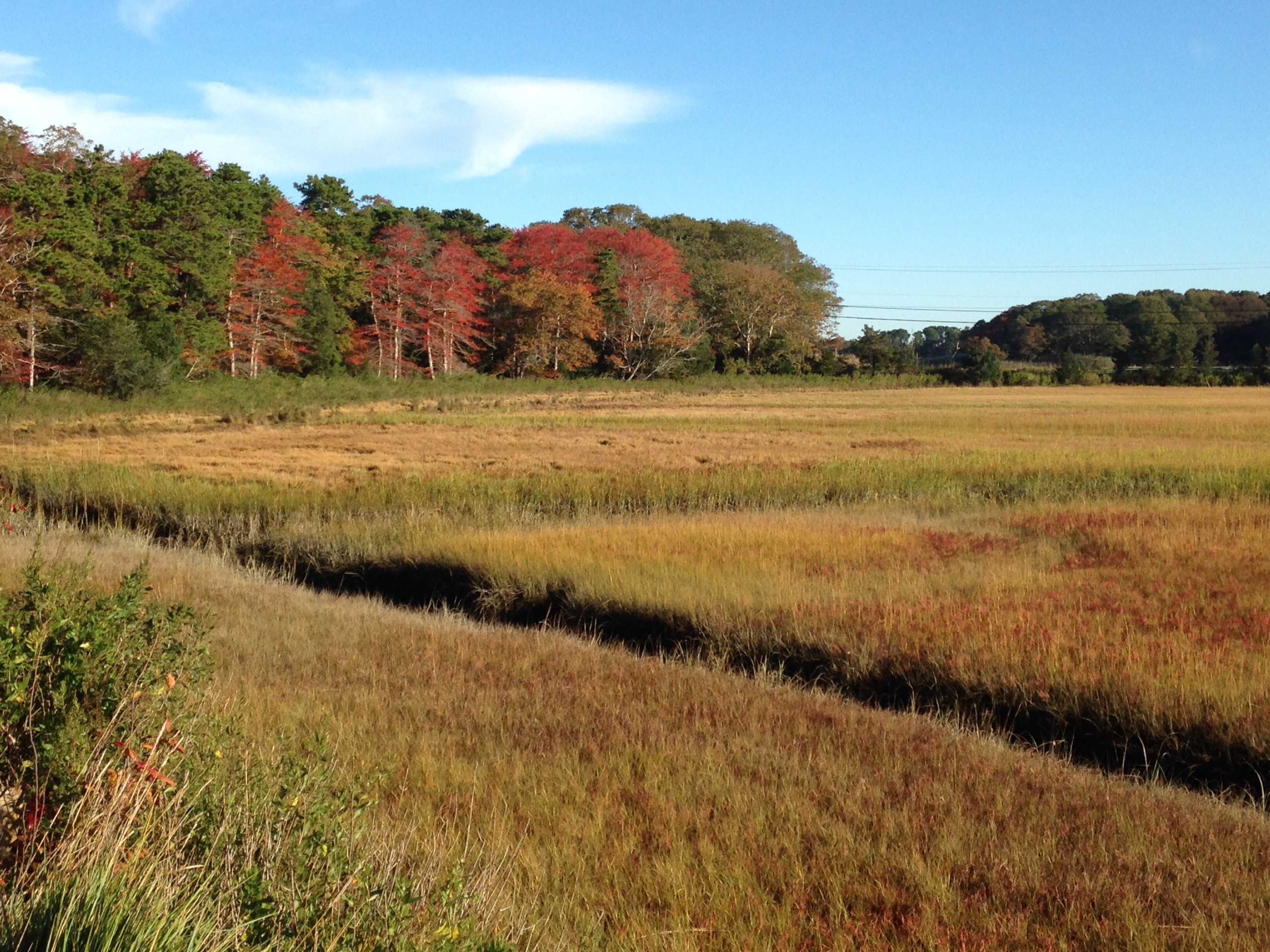 Some yellows in the woods are always nice….
Some yellows in the woods are always nice…. and at the beach, it’s all about that autumn light!
and at the beach, it’s all about that autumn light!
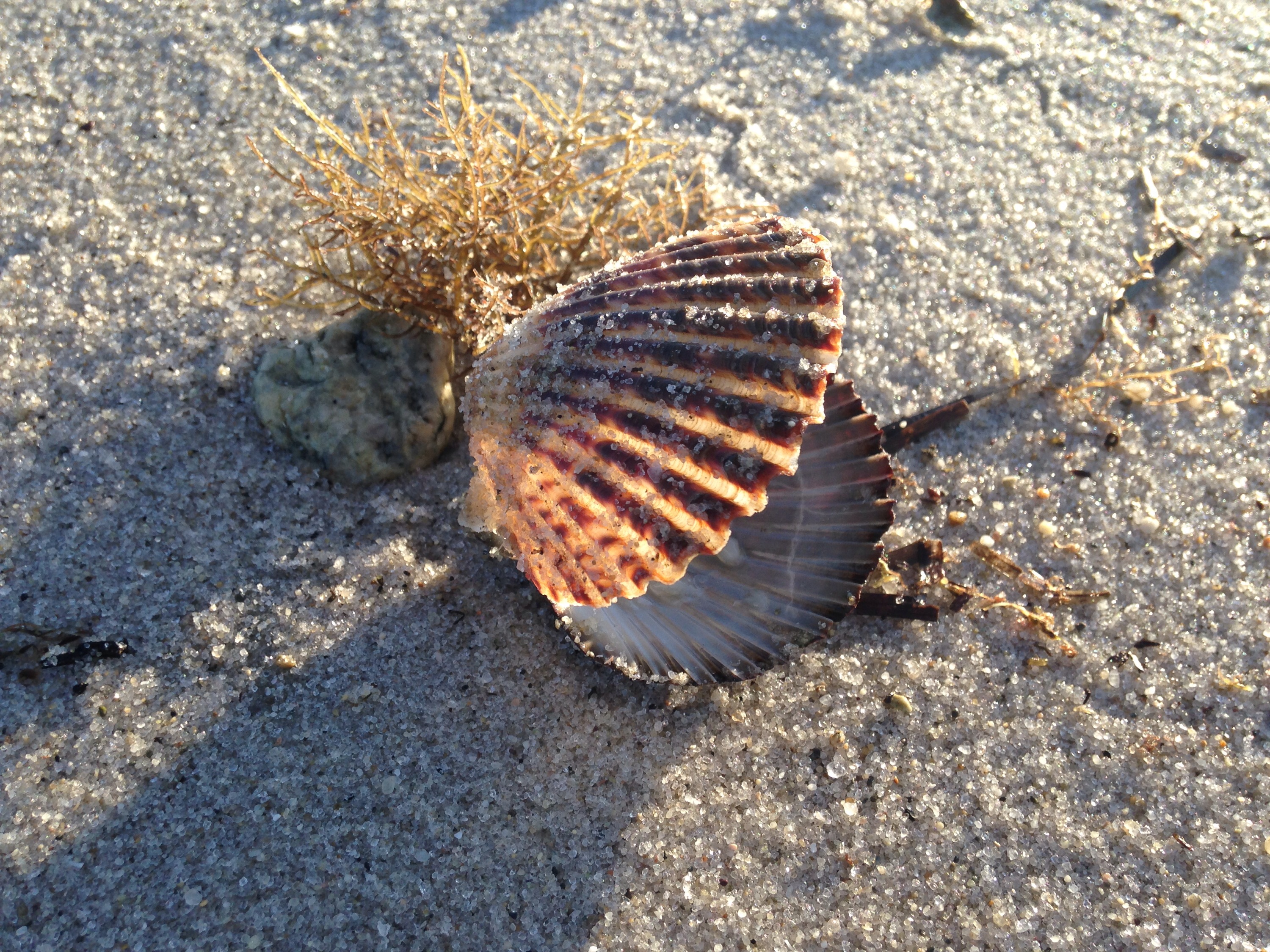 I hope you are getting out and enjoying the wonderful weather here this week!
I hope you are getting out and enjoying the wonderful weather here this week!

